Great essay about how you should learn a little bit of programming so that you can automate some of the repetitive tasks in your life. “Don’t learn to code – learn to automate.”



This site is made possible by member support. ❤️
Big thanks to Arcustech for hosting the site and offering amazing tech support.
When you buy through links on kottke.org, I may earn an affiliate commission. Thanks for supporting the site!
kottke.org. home of fine hypertext products since 1998.
Entries for March 2022
33 Letters for Ukraine: an Alphabet of Solidarity





A pair of Polish designers have organized a challenge for designers around the world called 33 Letters for Ukraine: to create letterforms of the Ukrainian alphabet “as a sign of solidarity”. Each day until April 6th, a new letter is chosen and featured on their Instagram account — you can see some of the work above. It’s Nice That has a piece on the challenge.
Speaking on the thinking behind 33 Letters, Alina says: “To put it briefly, we have two main goals for the project — promoting the Ukrainian alphabet and encouraging people to donate to organisations helping Ukraine. The Instagram challenge is an essential starting point, and we loved to see so many designers getting involved and expressing their solidarity by drawing the letters. But equally important are tangible results: collecting funds and education.”
To do so, they are hoping to sell original artworks and prints of the letters once the project has finished, and then they plan to exhibit all of the works as part of a fundraiser, though the venue is yet to be confirmed. “There are amazing designers taking part in the challenge, and it would be great to see their work shine also outside of Instagram,” says Alina.
(thx, jackson)
I don’t know John Siracusa (he’s a friend of friends) but lots of what he has to say here, particularly about work/life balance and negotiating your “maximum capacity”, resonated with me. Good luck going indie, @siracusa!
Study: Highlighting COVID-19 racial disparities can reduce support for safety precautions among White U.S. residents. You saw this early on in the pandemic, esp in conservative circles: when we learned who was most at risk, concern evaporated.
Francis Ford Coppola Breaks Down His Most Iconic Films
Francis Ford Coppola, a legendary filmmaker no matter how you slice it, sat down recently to talk through his most notable films: The Godfather films, The Conversation, Apocalypse Now, and a new movie he’s working on called Megalopolis. I really enjoyed this. Some tidbits:
- Coppola didn’t know anything about the Mafia before making The Godfather.
- The studio did not want to call it Godfather Part II. And now explicit sequels like that are ubiquitous.
- He praised the way Marlon Brando thought about ants and termites?!
- I’d missed that Godfather Part III had been recently recut and rechristened “Mario Puzo’s The Godfather, Coda: The Death of Michael Corleone”, which is what Coppola wanted to call it all along.
And this is a great way to think about creative projects:
Learning from the great Elia Kazan, I always try to have a word that is the core of what the movie is really about — in one word. For “Godfather,” the key word is succession. That’s what the movie is about. Apocalypse Now,” morality. “The Conversation,” privacy.
(via open culture)
The Unskippable Opening Credits for Severance
After hearing a buzz from my social circle about Severance on Apple+, I’ve been catching up on it for the past couple of weeks. Here’s the series synopsis:
Mark leads a team of office workers whose memories have been surgically divided between their work and personal lives. When a mysterious colleague appears outside of work, it begins a journey to discover the truth about their jobs.
I’m going to reserve judgment on the show for my next media diet post, but let’s talk about the opening credits sequence by Oliver Latta. It’s fantastic, an instant addition to the Unskippable Intros Hall of Fame. Mashable talked to Latta about his process and you can see a few behind the scenes images at Behance. And check out Latta’s other animations…you can definitely see where some of the imagery in the title sequence came from.
Now, back to the Unskippable Intros Hall of Fame. For me, the opening title sequences that I never ever push the “skip intro” button on are Succession (that music!), Stranger Things (again, that music!), Halt and Catch Fire, The Wire, The Simpsons (gotta catch that couch gag), Transparent, Six Feet Under, Doctor Who, Game of Thrones, and The Muppet Show. What would you add to the mix?
Update: Composers of TV themes lament the rise of the “skip intro” button.
Yet there’s one thing that annoys softly spoken Britell: the “Skip intro” facility on streaming services, which was brought in five years ago and lets viewers bypass a show’s opening credits. “I am very against it,” says Britell. “TV theme music is incredibly important. It’s almost a show’s DNA identifier. It serves as an overture to bring you in and sets the tone. I think that formal entrée is crucial.”
Robust words from the man whose Emmy-winning, earwormy Succession work, with its gothic strings, cascading piano and skittering beats, is helping to revive TV theme tunes.
Update: From the excellent Art of the Title, an interview with Latta and designer Teddy Blanks on the Severance opening credits.
A reformed jewel thief says that you want 4-door sedan with “boring paint” as a getaway car. “You want to blend in. That’s the getaway. You’re not gonna outrun the cops, this is not Baby Driver.”
The Giant Archive Hidden Under the British Countryside
This is very cool: Tom Scott (who you may remember from The Giant Chainmail Box That Stops a House From Dissolving) visits an underground storage facility operated in a working salt mine by a company called Deepstore.
DeepStore was set up in the 1990s because we’ve got the perfect atmosphere down here to store items. The salt creates a naturally occurring dry atmosphere. And of course with the racking, nothing actually comes into contact with the salt. Because this is relatively a shallow mine — we’re around 150 metres, 400-500 feet — and because of the salt bed, it has created this natural ambient temperature of 14-15° along with a relative humidity of 53-55%, which anybody in the archive and storage world knows, naturally occurring, that is absolutely fantastic.
I would love to see more video of just riding through the tunnels in that cavernous place…gonna have to poke around on YouTube to see what I can uncover.
Update: Some more mine storage video here and here. (thx, @four_sides & @zakmahshie)
100,000 Stars is a zoomable, draggable simulation of the 119,617 stars in our stellar neighborhood and it works entirely in the browser. Very impressive. “Loading the galaxy, please wait…”
Cherry Blossoms at a Tea Plantation

Stunning drone photo of cherry trees blossoming at a tea plantation in Fujian, China taken by afun阿方. This looks like a still frame from an animated movie…just stunning.
Impeccable Digital Recreations of TV Game Show Sets

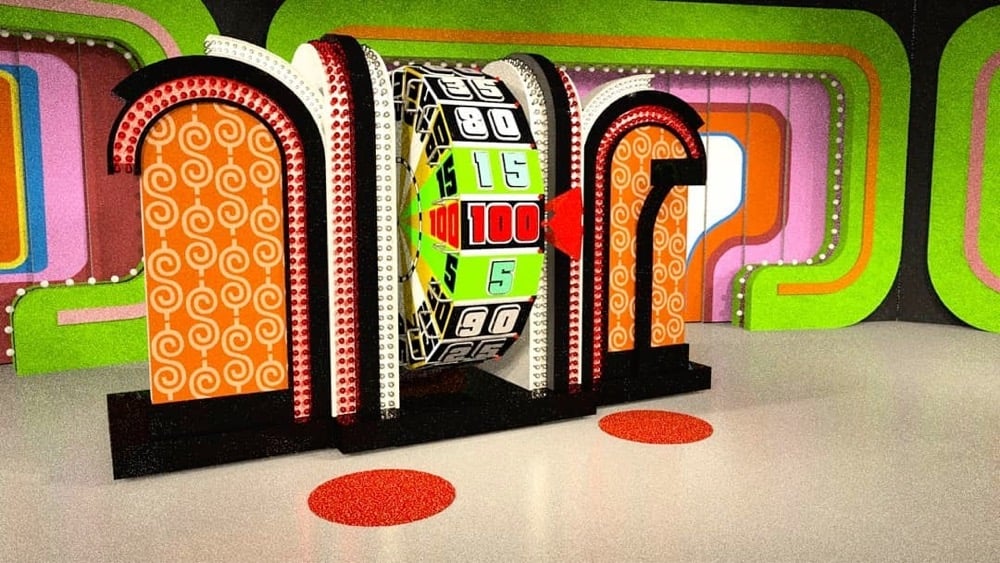

If you, like me, grew up semi-obsessively watching game shows from the 70s and 80s, you will get a big kick out of this. Photographer Steven Rosenow makes incredibly accurate digital renderings of the sets of old game shows like Jeopardy!, The Price Is Right, Wheel of Fortune, Match Game, and Family Feud, which he shares with a Facebook group called Eyes of a Generation. David Friedman shared some of these recreations in his newsletter. Here’s Rosenow’s notes on the Price Is Right set:
This was a fairly difficult set to model in 3D even though I had blueprints of the set to work with, as well as blueprints of CBS Studio 33… Assistance in this project was provided by the current owner of Door No. 2, who bought it from CBS when it was auctioned off.
I might have a new aspiration in life: to be “the current owner of Door No. 2”. (via waxy)
This is the only thing I’ve read about the Smith/Rock Oscar fracas because Wesley Morris wrote it. Smith, Rock, Jada, Denzel, Sean Combs, Questlove, Lupita, the Williams – “a remarkable convergence of Black celebrities”.
In an old timers game in 1982, 75-year-old Luke Appling (who made his MLB debut in 1930) hit a home run off of Warren Spahn. Age schmage – a sweet swing is a sweet swing.
Hannah Gadsby Talks About Her Autism Diagnosis
In an excerpt of her new book, Ten Steps to Nanette: A Memoir Situation (out today), Hannah Gadsby talks about her later-in-life diagnosis of autism spectrum disorder. As often happens whenever I read about an autistic person’s experience, there’s stuff here that really resonates with me. Like:
My meltdowns had always been a mystery to me, so when I was finally diagnosed, I was able to reframe the way I thought about my strange little outbursts. For a start, I became far more compassionate toward myself, which probably halved the distress of the occasions. In the scheme of my life, I have not had very many meltdowns, however. I’m more of a shutdown kind of autistic. From the outside, a shutdown looks very similar to a sulky tantrum, but it is nothing of the sort. I don’t have control, for a start. And I am certainly not ruminating on any kind of emotional narrative, because I have gone into fight or flight, but in my body that translates into neither fight nor flight; I just shut down like a maxed-out power grid in the middle of a storm.
And:
The problem is that communication skills are developed atypically in autistic people and, most often, very slowly. I have always had difficulty articulating my needs, but as I have got older, my language and social skills have improved a great deal. My ability to regulate, however, has not, and nor have my sensory sensitivities. My eternal struggle with these distressing disabilities often gives the impression to others that I am moody, reactive and inconsistent. I say I want one thing, then moments later I will say that I need the opposite. This is not a reflection of my character, but rather a reflection of my neurobiological functioning. I am unable to intuitively understand what I am feeling, and I can often take a much longer time to process the effects of external circumstances than neurotypical thinkers. But it is they who get impatient with me, and under that pressure I feel forced to guess my needs before I have had time to process stuff in my own way, and so mistakes are made. I can be cold and not know it. I can be hungry and not know it. I can need to go to the bathroom and not know it. I can be sad and not know it. I can feel distressed and not know it. I can be unsafe and not know it. You know how sometimes you put your hand under running water and for a brief moment you don’t know if it is hot or cold? That is every minute of my life. Being perpetually potentially unsafe is a great recipe for anxiety. And — spoiler alert — anxiety is bad.
I do not feel these things as acutely as Gadsby describes, but I do feel them — moodiness, sensory sensitivity, emotional shutdowns, difficulty understanding what I’m feeling, and taking a long time to process things. This line: “…under that pressure I feel forced to guess my needs before I have had time to process stuff in my own way, and so mistakes are made” <— woooooo boy I feel that so so much. Maybe, just maybe, he thinks to himself, this is why I’ve worked by myself for the past 16+ years.
Anyway, I loved Nanette and am looking forward to reading her “memoir situation” soon.
Shrinkflation and “5 fewer Doritos”. In order to avoid raising their prices, brands are shrinking the sizes of their products and charging the same price, e.g. Gatorade shrunk their bottles from 32oz to 28oz.
Sheila Bridges’ Harlem Toile
Toile de Jouy is a fabric, typically featuring “romantic pastoral scenes”, that was popular in France in the 18th century — the wealthy covered their walls in it. Interior designer Sheila Bridges developed her own patterns for her Harlem Toile, inspired by her Harlem and Philadelphia neighborhoods and the African American experience more generally.
As an African American living in Harlem, I have always been intrigued and inspired by the historical narrative of the decorative arts, especially traditional French toile with its pastoral motifs from the late 1700s. I’m entertained by the stories these patterns tell and the questions they sometimes raise. But after searching for many years for the perfect toile for my own home, I decided that it quite simply didn’t exist. I created Harlem Toile de Jouy initially as a wallcovering then expanded the collection to include fabrics, bedding, plates, glassware, umbrellas and clothing. This design (which lampoons some of the stereotypes deeply woven into the African American experience), has been featured in The Studio Museum In Harlem, the Museum of Art and Design in New York City, and the Musée De La Toile De Jouy in Jouy-en Josas, France. I am honored to have my Harlem Toile De Jouy wallpaper included in The Cooper Hewitt, Smithsonian Design Museum’s permanent wallpaper collection.



Veronica Chambers wrote a great piece about Harlem Toile for the NY Times: The Wallpaper That Is Also a ‘Reminder That My Ancestors Had My Back’.
The wallpaper, which was created by the celebrated interior designer Sheila Bridges in 2006, features beautiful drawings of African Americans in the lush, historical settings that rarely featured them — a couple in 18th-century dress dance under a structure that recalls the Arc de Triomphe to the tunes of a boombox that rests playfully on the grass; women in ball gowns sit under a majestic tree, one combs the other’s hair while yet another woman holds up a fairy-talelike mirror; a courting couple in fashion that now brings to mind the popular series “Bridgerton” feast on a picnic. For a Black girl who grew up loving Jane Austen and Toni Morrison with equal aplomb, Harlem Toile was more than wallpaper. It was a tableau of possibility and belonging.
I’m not doing justice to all of what is being expressed in Bridges’ work and how it’s resonating with Chambers & other members of the Black community, so you should just read the piece. (thx, caroline)
Discover Modern Art with Each New Browser Tab
I just switched my web browser to use the New Tab with MoMA extension. Each new browser tab I open contains another piece of art from MoMA’s collection. Here are a few things that have popped up so far:
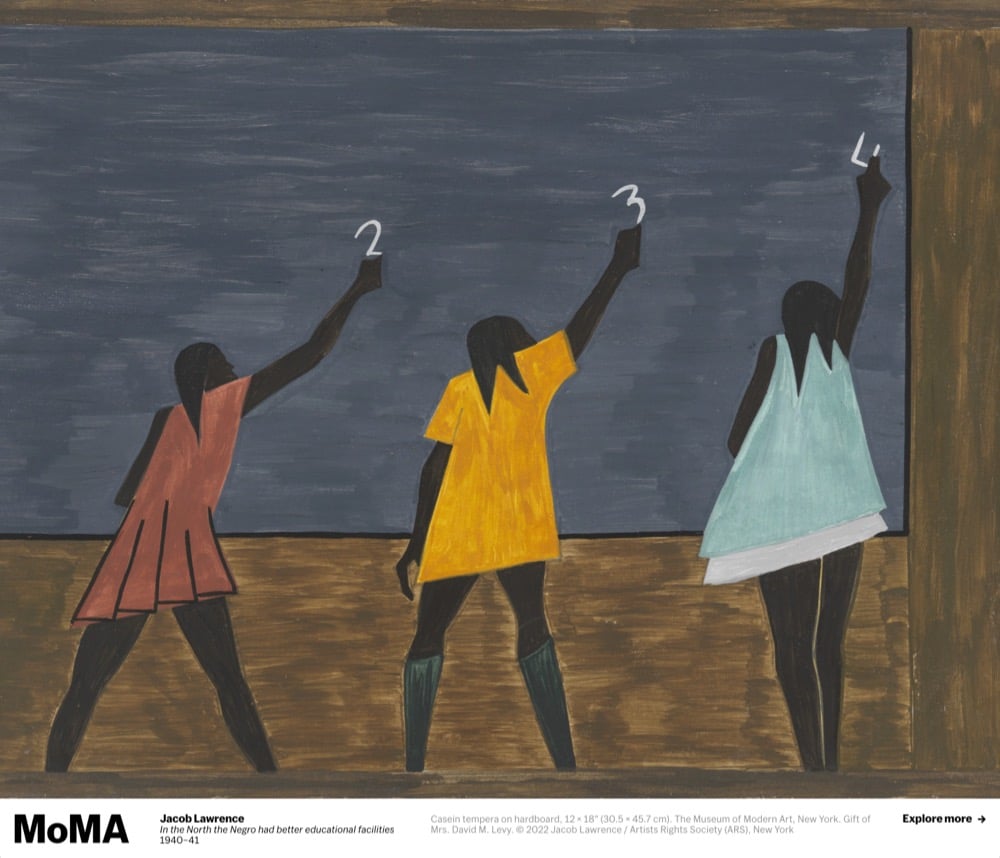


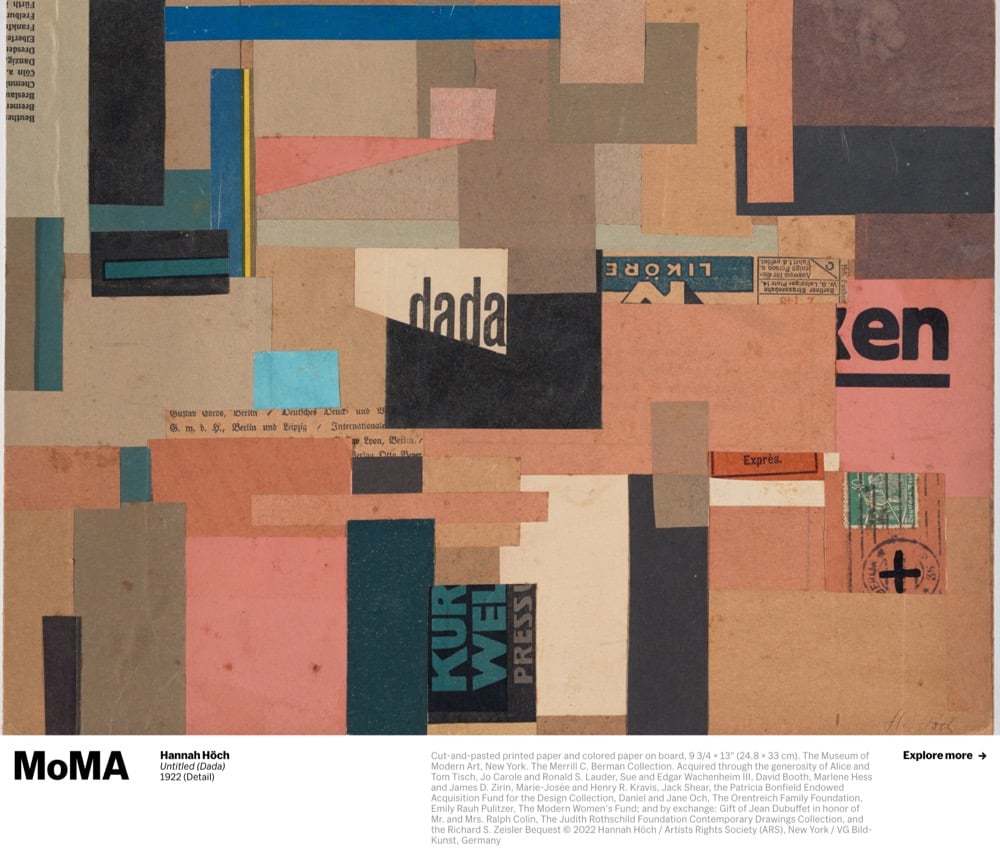
I’m really enjoying this so far…it feels like being in a slow-moving art history class all day long.
This move by Golden State’s Jordan Poole, in which he splits two defenders by going between his legs twice, is perhaps the best basketball highlight I’ve ever seen. Even in slow motion, it looks absolutely impossible.
Conspiracy Theorists Anonymous
Let’s listen in on a support group for recovering conspiracy theorists.
Hi, my name’s Terry and I believe that Matt Damon runs a network of underground tunnels beneath a pizza parlor in Washington DC to secretly vaccinate 5G towers.
Hi, Terry.
So, it’s been six days since I last posted anything on Facebook about lizards running the world.
But even the most hardcore members of the group don’t believe one of the most durable conservative tenets of American capitalism…
Because of the climate crisis (melting glaciers). Switzerland’s cartographers are having to redraw the country’s topological maps. “Only three cartographers at the agency [are] allowed to tinker with the Swiss Alps.”
The Wizard of Oz as an Allegory for the Presidential Election of 1896
I’ve never heard this theory before: L. Frank Baum wrote The Wizard of Oz as an allegory for the 1896 Presidential election, the central issue of which was the monetary concept of bimetallism. Quickly, from Wikipedia, a definition of bimetallism:
Bimetallism is a monetary standard in which the value of the monetary unit is defined as equivalent to certain quantities of two metals, typically gold and silver, creating a fixed rate of exchange between them.
There was much debate in the run-up to the election over how to define the rate between gold and silver in the US. Here’s where The Wizard of Oz comes in:
Dorothy is whipped out of Kansas by a tornado with her little dog “Toto” (short for teetotalers, who made a loud noise yip-yapping but were otherwise ineffective political companions). On her way to the Land of Oz, Dorothy picks up her electoral coalition. First, the Scarecrow, representing western farmers. “He thinks that he has no brains because his head is stuffed with straw. But we soon learn that he is shrewd and capable. He brings to life a major theme of the free silver movement: that the people, the farmer in particular, were capable of understanding the complex theories that underlay the choice of a standard.”
Next, the Tin Man (or Tin Woodman). The working class man, once a true human, is now just a cog in the industrial machine. Piece by piece his human body was replaced by metallic parts. He is now little more than a machine, a heartless (literally) machine. The Populist hope of the era was a grand farmer-labor coalition that never quite solidified — and we still see residual evidence of this hope in the official name of Minnesota’s Democratic Party, the Democratic-Farmer-Labor Party.
The Cowardly Lion, then, was William Jennings Bryan himself. Capable of a great roar — his speeches were legendary — alas, to mix metaphors, he was all bark and no bite.
(via kyle westaway)
The sad tale of the world’s largest bee. Presumed extinct, it was recently rediscovered in Indonesia, but conservation efforts have sputtered and the publicity has made the bee a target for rare animal collectors.
Interesting evolution of the design of the NY Times’ maps of the war in Ukraine. Early maps over-represented Russian advances while later maps showed what each side in the conflict was doing more accurately.
Introducing Cool Stuff Ride Home
Hey folks, just wanted to let you know about a slight change in the lineup around here. The Kottke Ride Home podcast has been renamed Cool Stuff Ride Home and will no longer be affiliated with kottke.org. The show’s got the same format (15-20 minutes of interesting news & information each weekday, a linkblog in podcast form) and the same great host, just with a new name that more accurately represents what the show is about. You can find the podcast here, here, or wherever you listen to your podcasts.
It’s been a pleasure to have the podcast as part of kottke.org for the last year and a half. Brian, James, and the crew at Ride Home Media were great to work with and I especially valued getting to know Jackson Bird — who knows, you might see something of him around here in the future. Good luck with the podcast!
Questlove’s Summer of Soul won the Oscar for Best Original Documentary. Well-deserved! Great film.
Slime Molds!



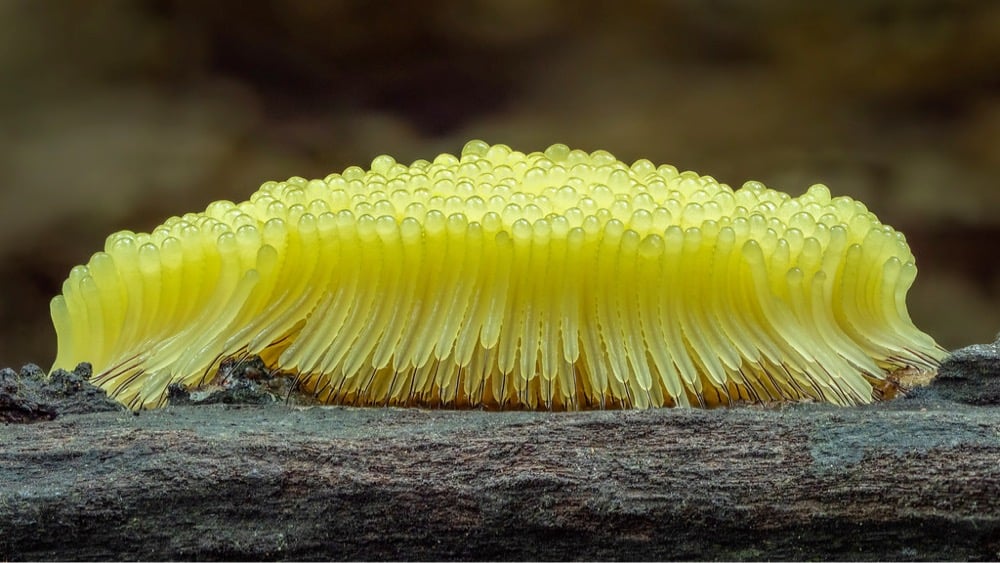
I have been a fan of slime molds ever since I read about them in Steven Johnson’s Emergence; they are fascinating. From a NY Times excerpt of Johnson’s book:
The slime mold spends much of its life as thousands of distinct single-celled units, each moving separately from its other comrades. Under the right conditions, those myriad cells will coalesce again into a single, larger organism, which then begins its leisurely crawl across the garden floor, consuming rotting leaves and wood as it moves about. When the environment is less hospitable, the slime mold acts as a single organism; when the weather turns cooler and the mold enjoys a large food supply, “it” becomes a “they.” The slime mold oscillates between being a single creature and a swarm.
In his ongoing series of photographs, Barry Webb captures these bizarre and exotic creatures. Yet another example of not having to look off-world to find alien life. (via colossal)
How Joe Manchin Aided Coal, and Earned Millions. “At every step of his political career, Joe Manchin helped a West Virginia power plant that is the sole customer of his private coal business. Along the way, he blocked ambitious climate action.”
The Queen of Basketball Wins the Oscar
At the Oscars last night, The Queen of Basketball won the award for best documentary short. The film is about Lusia Harris, the only woman to officially be drafted by an NBA team. Here’s what I wrote about Harris and the film back in August:
Before this morning, I had never heard of Lusia Harris and now she’s one of my favorite basketball players. Playing in the 1970s, before the enforcement of Title IX in athletics, the 6’3” Harris dominated in high school, led a small university to three consecutive national basketball championships in the first 5 years of the program (while averaging 25.9 points and 14.5 rebounds per game), scored the first basket in Olympics women’s basketball history, is the only woman ever officially drafted by an NBA team, and was inducted into the National Basketball Hall of Fame.
Great to see this film win, but also bittersweet because Harris died only two months ago at the age of 66. The director is Ben Proudfoot, whose stuff I have been posting about since 2011. Really fun to see him be rewarded for his talent.
Claude Monet’s War Paintings
This is another great episode of James Payne’s Great Art Explained on the work of Claude Monet, specifically the massive water lily canvases he completed before his death, created as “a war memorial to the millions of lives tragically lost in the First World War”.
Claude Monet is often criticised for being overexposed, too easy, too obvious, or worse, a chocolate box artist. His last works, the enormous water lily canvasses are among the most popular art works in the world.
Yet there is nothing tame, traditionalist, or cosy about these last paintings. These are his most radical works of all. They turn the world upside down with their strange, disorientating and immersive vision.
Monet’s water lilies have come to be viewed as simply an aesthetic interpretation of the garden that obsessed him. But they are so much more.
These works were created as a direct response to the most savage and apocalyptic period of modern history. They were in fact conceived as a war memorial to the millions of lives tragically lost in the First World War.
I’ve seen these paintings at the Musée de l’Orangerie — amazing to see them exactly the way in which the artist intended them to be seen.
See also Film of Claude Monet Painting Water Lilies in His Garden (1915) and Monet’s Ultraviolet Vision.
The Collected Photography of Roger Deakins
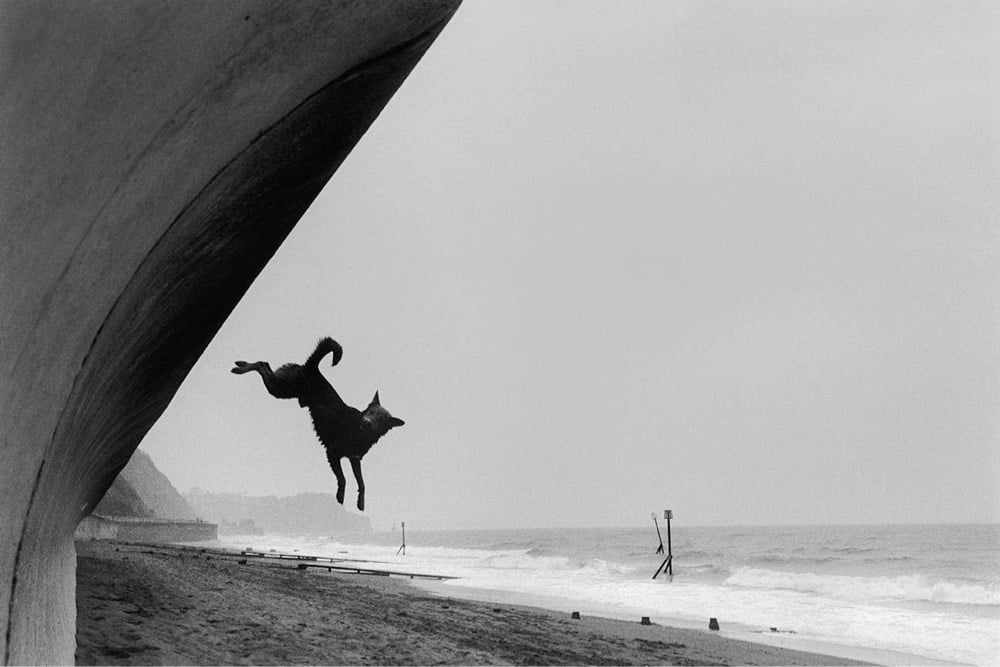

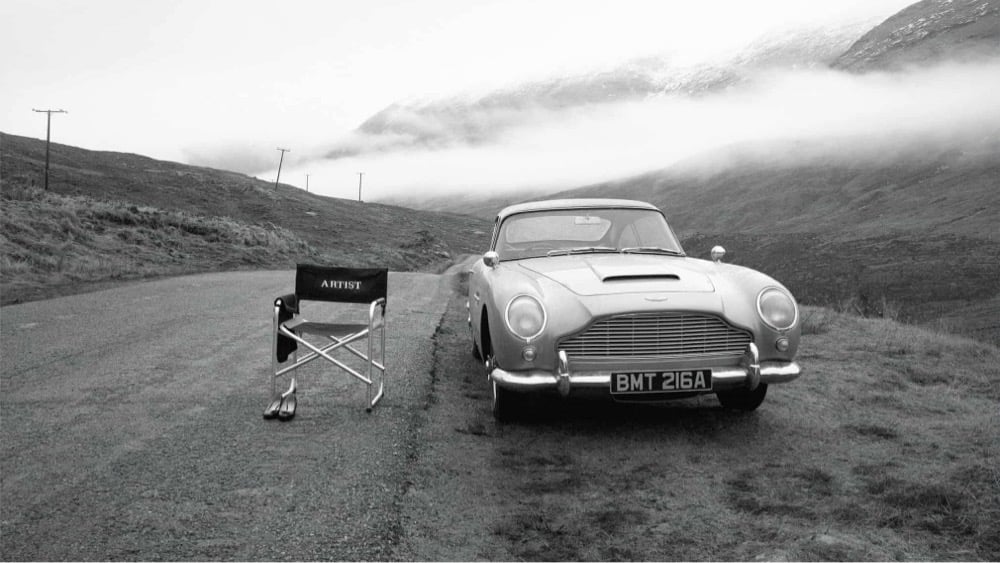
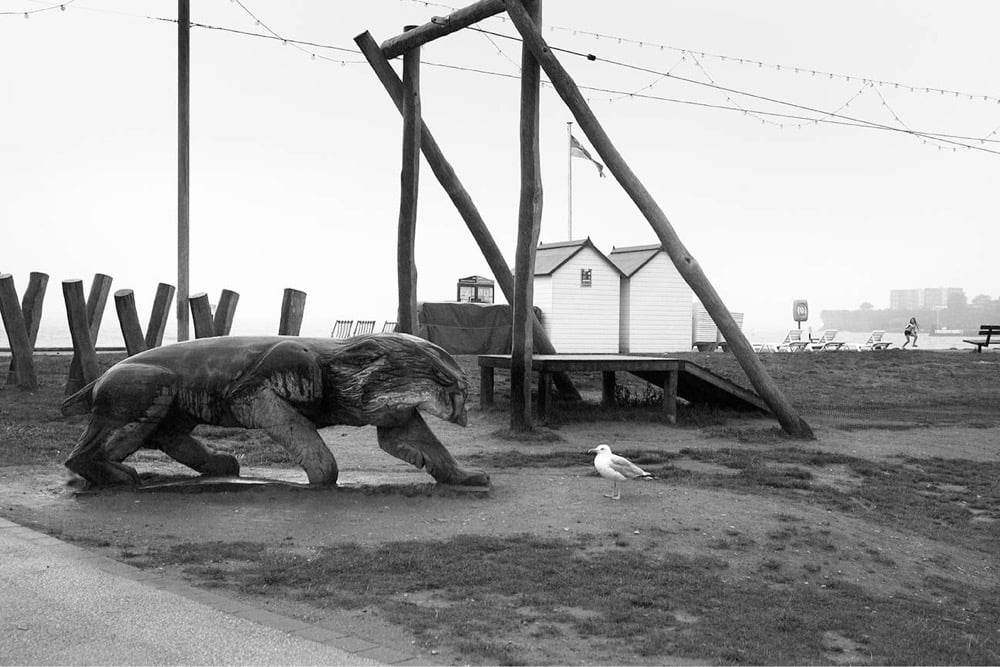
It’s no surprise that the cinematographer responsible for some of the beautifully shot films ever made is also an avid and talented photographer. Roger Deakins, who won Oscars for his work on Blade Runner: 2049 and 19171 and shot almost all of the Coen brothers’ films, has published a book of his black & white photography from the last five decades: Roger A. Deakins: Byways.
Although photography has remained one of Roger’s few hobbies, more often it is an excuse for him to spend hours just walking, his camera over his shoulder, with no particular purpose but to observe. Some of the images in this book, such as those from Rapa Nui, New Zealand and Australia, he took whilst traveling with James. Others are images that caught his eye as walked on a weekend, or catching the last of the light at the end of a day’s filming whilst working on projects in cities such as Berlin or Budapest, on Sicario in New Mexico, Skyfall in Scotland and in England on 1917.
Artnet has an interview with Deakins about the collection and his photography.
Looking back through these photos, I wondered if my eye had changed, and I don’t think it has, really. The photographs I took back then are really quite simple; they’re pared down in terms of what’s in the frame. I guess that’s what I’ve been doing ever since.
Lol, I really want to see a Blade Runner: 1917 now…↩
According to CDC tracking data, the Delta variant of SARS-CoV-2 has completely disappeared in the US, supplanted entirely by the 3 Omicron sub-variants. And BA.2 is rapidly gaining in relative prevalence.
Aldous Huxley Narrates a One-Hour Radio Dramatization of Brave New World
For the radio program CBS Radio Workshop that premiered in January 1956, Aldous Huxley read a one-hour dramatization of his 1932 dystopian1 science fiction novel Brave New World. You can listen to it here or at Internet Archive:
A contemporary review in Time magazine noted the extensive production work that went into the production:
It took three radio sound men, a control-room engineer and five hours of hard work to create the sound that was heard for less than 30 seconds on the air. The sound consisted of a ticking metronome, tom-tom beats, bubbling water, air hose, cow moo, boing! (two types), oscillator, dripping water (two types) and three kinds of wine glasses clicking against each other. Judiciously blended and recorded on tape, the effect was still not quite right. Then the tape was played backward with a little echo added. That did it. The sound depicted the manufacturing of babies in the radio version of Aldous Huxley’s Brave New World.
In addition to Huxley’s book, CBS Radio Workshop dramatized for radio the work of Sinclair Lewis, Edgar Allan Poe, James Thurber, and Mark Twain — you can listen to the entire run of the show here. (via open culture)
In the introduction to the dramatization, Huxley himself calls the world of the book a “negative utopia”.↩
Huh, I was unaware of the progress being made on electric airplanes. The long-haul stuff is still going to be fuel-powered, but it seems like shorter routes via electric will be feasible within the next decade.
Succession But It’s Arrested Development
You might have noticed that the two families in Succession and Arrested Development share some similarities — business-focused, rich, dysfunctional, sibling rivalry. Luís Azevedo explored the likeness with this video of scenes from Succession with music & Ron Howard’s voiceover from Arrested Development. So good. Also worth a look: scenes from Arrested Development with the music from Succession.
See also The Simpsons Parody of Succession and The Succession Theme Works Over Any TV Show Title Sequence.
Design documentary Helvetica came out 15 years ago. It’s streaming online for free for the next week in celebration.
All the F*cking Books You See at the Bookstore
See also Why Are There So Many F**king Best-sellers Right Now With F**k in the Title?, What the F*ck Is Up With All These Sweary F*cking Book Titles?, and What Is With All of the Self-Help Books With Swear Words in the Title?
Encyclopedia Botanica Digital



The Fleur is artist Ondrej Zunka’s collection of imagined digital flowers with fanciful forms — an “Encyclopedia Botanica Digital”. (via colossal)
Highlights from Patricia Lockwood’s No One Is Talking About This
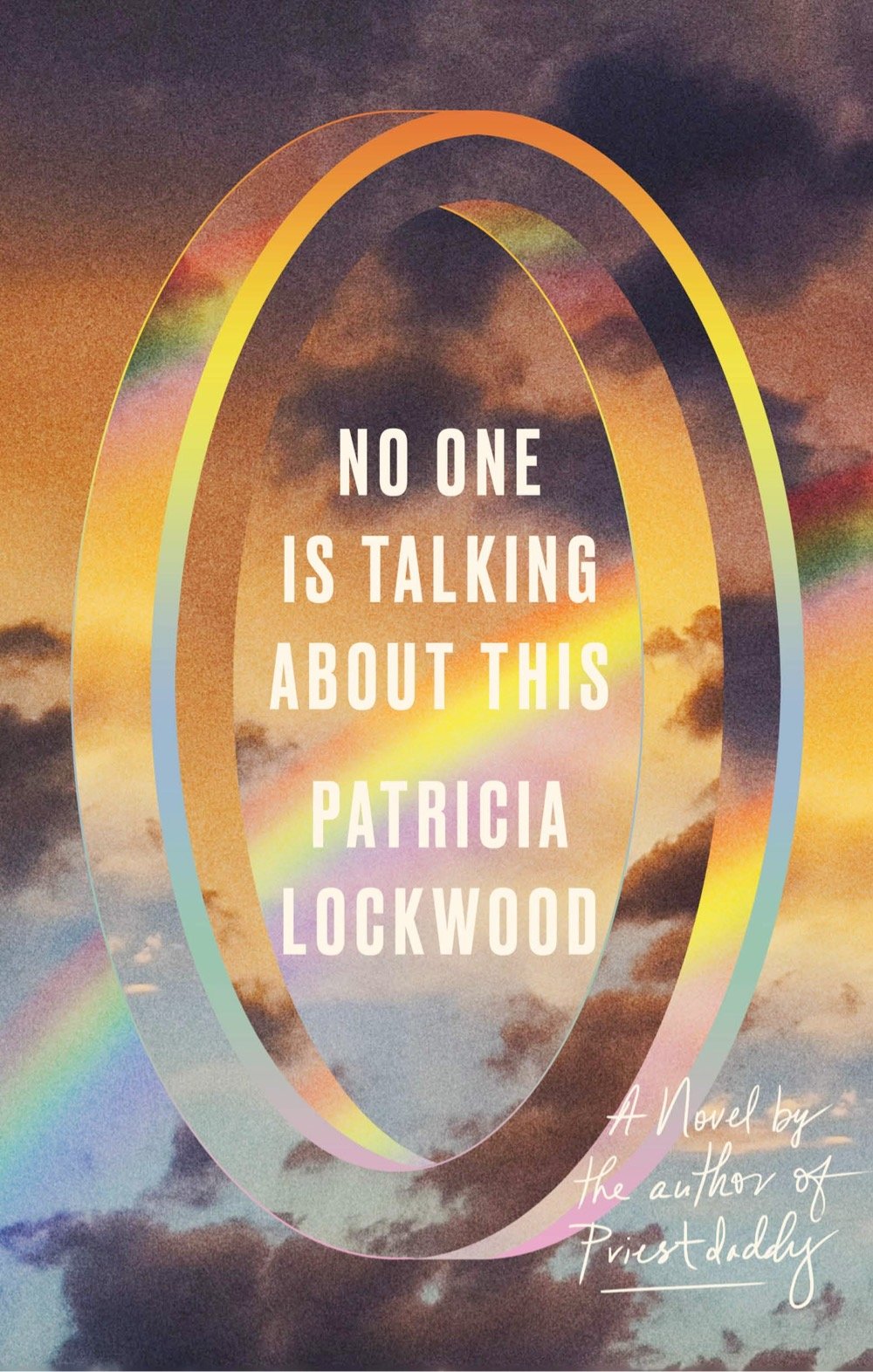
I read No One Is Talking About This (ebook) by Patricia Lockwood a few months ago, and boy oh boy Lockwood has a knack for sharp, funny, and incisive writing about what it’s like to live in this extremely online yet isolating cultural moment. As part of a very occasional series, here are some of the passages I highlighted from the book.
Page 4:
Capitalism! It was important to hate it, even though it was how you got money. Slowly, slowly, she found herself moving toward a position so philosophical even Jesus couldn’t have held it: that she must hate capitalism while at the same time loving film montages set in department stores.
Page 4:
Politics! The trouble was that they had a dictator now, which, according to some people (white), they had never had before, and according to other people (everyone else), they had only ever been having, constantly, since the beginning of the world. Her stupidity panicked her, as well as the way her voice now sounded when she talked to people who hadn’t stopped being stupid yet.
Page 7:
“Two hundred years ago, you might have been in a coffee shop in Göttingen, shaking the daily paper, hashing out the questions of the day — and I would be shaking out sheets from the windows, not knowing how to read.” But didn’t tyranny always feel like the hand of the way things were?
Page 7:
It was a mistake to believe that other people were not living as deeply as you were. Besides, you were not even living that deeply.
Page 9:
Every day their attention must turn, like the shine on a school of fish, all at once, toward a new person to hate. Sometimes the subject was a war criminal, but other times it was someone who made a heinous substitution in guacamole.
Page 13:
She had become famous for a post that said simply, Can a dog be twins? That was it. Can a dog be twins? It had recently reached the stage of penetration where teens posted the cry-face emoji at her. They were in high school. They were going to remember “Can a dog be twins?” instead of the date of the Treaty of Versailles, which, let’s face it, she didn’t know either.
Page 15 (the “portal” is Lockwood’s shorthand for Twitter (and/or the internet)):
Every country seemed to have a paper called The Globe. She picked them up wherever she went, laying her loonies and her pounds and her kroners down on counters, but often abandoned them halfway through for the immediacy of the portal. For as long as she read the news, line by line and minute by minute, she had some say in what happened, didn’t she? She had to have some say in what happened, even if it was only WHAT?
Page 19:
Every fiber in her being strained. She was trying to hate the police.” Start small and work your way up, “her therapist suggested.” Start by hating Officer Big Mac, a class traitor who is keeping the other residents of McDonaldland from getting the sandwiches that they need, and who when the revolution comes will have the burger of his head eaten for his crimes.” But this insight produced in her only a fresh wave of discouragement. Her therapist was more radical than her?
Page 23:
Our mothers could not stop using horny emojis. They used the winking one with its tongue out on our birthdays, they sent us long rows of the spurting three droplets when it rained. We had told them a thousand times, but they never listened — as long as they lived and loved us, as long as they had split themselves open to have us, they would send us the peach in peach season. NEVER SEND ME THE EGGPLANT AGAIN, MOM! she texted. I DON’T CARE WHAT YOU’RE COOKING FOR DINNER!
Page 24:
Previously these communities were imposed on us, along with their mental weather. Now we chose them — or believed that we did. A person might join a site to look at pictures of her nephew and five years later believe in a flat earth.
Page 31:
The chaos and dislocation were so great that people had stopped paying attention to celebrity dogs.
Page 33:
White people, who had the political educations of potatoes — lumpy, unseasoned, and biased toward the Irish — were suddenly feeling compelled to speak out about injustice. This happened once every forty years on average, usually after a period when folk music became popular again. When folk music became popular again, it reminded people that they had ancestors, and then, after a considerable delay, that their ancestors had done bad things.
Page 34:
A fur coat in a movie made in 1946 approached a state of being cruelty-free, so far was it from its original foxes.
Page 36:
“Are you… crying?” her husband asked, slinging his backpack into a chair. She stared at him blurrily. Of course she was crying. Why wasn’t he crying? Hadn’t he seen the video of a woman with a deformed bee for a pet, and the bee loved her, and then the bee died?
Page 42:
One audience member yawned, then another. Long before the current vectors came into being, they had been a contagious species.
Page 44 (see also Alternate Brand Slogans):
It should not be true that, walking the wet streets of international cities, she should suddenly detect the warm, the unmistakable, the broken-to-release-the-vast-steam-of-human-souls, the smell of Subway bread. That she should know it so instantly, that she should stop in her tracks, that she and her husband should turn to each other joyously and sing in harmony the words EAT FRESH. No, it should not be true that modern life made us each a franchise owner of a Subway location of the mind.
Page 47:
The woman next to her on the plane was reading, with that rapacious diffidence, that vacant avidity that characterized the reading of things in the portal, “25 Facts You Didn’t Know About Gone with the Wind.” Number 25 was just: Malnourished Horse.
Page 51:
Some people were very excited to care about Russia again. Others were not going to do it no matter what. Because above all else, the Cold War had been embarrassing.
Page 52:
In contrast with her generation, which had spent most of its time online learning to code so that it could add crude butterfly animations to the backgrounds of its weblogs, the generation immediately following had spent most of its time online making incredibly bigoted jokes in order to laugh at the idiots who were stupid enough to think they meant it. Except after a while they did mean it, and then somehow at the end of it they were Nazis. Was this always how it happened?
Page 54:
Certain people were born with the internet inside them and suffered greatly from it.
Page 55:
The unabomber had been right about everything! Well… not everything. The unabomber stuff he had gotten wrong. But that stuff about the Industrial Revolution had been right on the money.
Page 58:
Did you read the piece? It’s there in the piece. Did you even read the piece? Um, I wrote the piece.
Page 60:
A conversation with a future grandchild. She lifts her eyes, as blue as willow ware. The tips of her braids twitch with innocence. “So you were all calling each other bitch, and that was funny, and then you were all calling each other binch, and that was even funnier?” How could you explain it? Which words, and in which order, could you possibly utter that would make her understand? “… yes binch”
Page 65:
SHOOT IT IN MY VEINS, we said, whenever the headline was too perfect, the juxtaposition too good to be true. SHOOT IT IN MY VEINS, we said, when the Flat Earth Society announced it had members all over the globe.
Page 70:
Was it better to resist the new language where it stole, defanged ,co-opted, consumed, or was it better to text thanksgiving titties be poppin to all your friends on the fourth Thursday of November, just as the humble bird of reason, which could never have represented us on our silver dollars, made its final unwilling sacrifice to our willingness to eat and be eaten by each other?
Page 72 (about Twitter, and the internet more broadly):
It had also once been the place where you sounded like yourself. Gradually it had become the place where we sounded like each other, through some erosion of wind or water on a self not nearly as firm as stone.
Page 73:
The words Merry Christmas were now hurled like a challenge. They no longer meant newborn kings, or the dangling silver notes of a sleigh ride, or high childish hopes for snow. They meant “Do you accept Herr Santa as the all-powerful leader of the new white ethnostate?”
Page 76:
The difference between her and her sister could be attributed to the fact that she came of age in the nineties, during the heyday of plaid and heroin, while her sister came of age in the 2000s, during the heyday of thongs and cocaine. That was when everything got a little chihuahua and started starring in its own show. That was when we saw the whole world’s waxed pussy getting out of a car, and said, more.
Page 86:
Modern womanhood was more about rubbing snail mucus on your face than she had thought it would be. But it had always been something, hadn’t it? Taking drops of arsenic. Winding bandages around the feet. Polishing your teeth with lead. It was so easy to believe you freely chose the paints, polishes, and waist-trainers of your own time, while looking back with tremendous pity to women of the past in their whalebones; that you took the longest strides your body was capable of, while women of the past limped forward on broken arches.
Page 90:
The people who lived in the portal were often compared to those legendary experiment rats who kept hitting a button over and over to get a pellet. But at least the rats were getting a pellet, or the hope of a pellet, or the memory of a pellet. When we hit the button, all we were getting was to be more of a rat.
Page 95:
What do you mean you’ve been spying on me? she thought — hot, blind, unreasoning, on the toilet. What do you mean you’ve been spying on me, with this thing in my hand that is an eye?
Page 96:
On a slow news day, we hung suspended from meathooks, dangling over the abyss. On a fast news day, it was like we had swallowed all of NASCAR and were about to crash into the wall. Either way, it felt like something a dude named Randy was in charge of.
Page 118:
They kept raising their hands excitedly to high-five, for they had discovered something even better than being soulmates: that they were exactly, and happily, and hopelessly, the same amount of online.
Page 127:
Compositionally, she appeared to be made of 14 percent classical music, the kind you were supposed to listen to while you were studying.
Page 133 (re: abortion):
“Surely there must be exceptions,” her father ventured, the man who had spent his entire existence crusading against the exception. His white-hairy hand traveled to his belt, the way it always did when he was afraid. He did not want to live in the world he had made, but when it came right down to it, did any of us?
Page 136:
But that bit of the Wikipedia entry, the end, was always the most suspect.
Page 137:
“Still,” the doctors urged them finally, “don’t go home and look this up.” That was the difference between the old generation and the new, though. She would rather die than not look something up. She would actually rather die.
Page 143:
How she wished she had never read that article about octopus intelligence, because now every time she sliced into a charred tentacle among blameless new potatoes she thought to herself, I am eating a mind, I am eating a mind, I am eating a fine grasp of the subject at hand.
Page 153:
Bo’s mother called his feeding tube his cheeseburgers. It was important to do things like that — if you didn’t call your baby’s feeding tube his cheeseburgers, then somehow the feeding tube won.
Page 153:
“Ableism,” her husband said, encountering this concept for the very first time. “Moby-Dick… was ableist… to Captain Ahab?”
Page 169:
The round rainbow, her answers told her when she touched down, was actually called a Glory.
And so the round rainbow you sometimes see when flying is called a glory. Of course I looked it up; I’d rather die than not look it up.
Update: It seems like a big chunk of the book was first delivered as a lecture at a London Review of Books event in early 2019. (via @timschfer)
Both poles are experiencing “unprecedented” heatwaves. “Antarctic areas reach 40C above normal at same time as north pole regions hit 30C above usual levels.”
Lovely Precise Watercolor Paintings of Hotel Rooms
Architect Kei Endo creates really lovely watercolor paintings of hotel rooms that she’s stayed in — you can find her work on Instagram and her website. The paintings include floor plans of the rooms, exterior and interior views, illustrations of the food, and even precise renderings of the bath products. I love these so much.




You can check out her painting process on Instagram (for instance) and YouTube. (via spoon & tamago)
A Better Screwdriver
You know what they say: if you build a better screwdriver, the world will beat a path to your door. Or something like that. With their All-in-One Screwdriver, Yanko Design believes they have done just that.
This all-in-one screwdriver not only provides you with all the bits you’ll ever need, it also makes twisting and spinning feel more like play than work. An innovative ball bearing lets your fingers do the talking, while a spinner wheel makes short work of bigger problems with bigger screws. And when your muscle strength fails, a hexagon bit holder lets an electric screwdriver take over without missing a beat.
It looks like a very well-designed tool, but at $99 the price is more than a lot of these recommended electric screwdrivers, which address many of the same challenges (different bits, torque). (via clive thompson)
Rarely Published Maps and Paintings by J.R.R. Tolkien Go Online
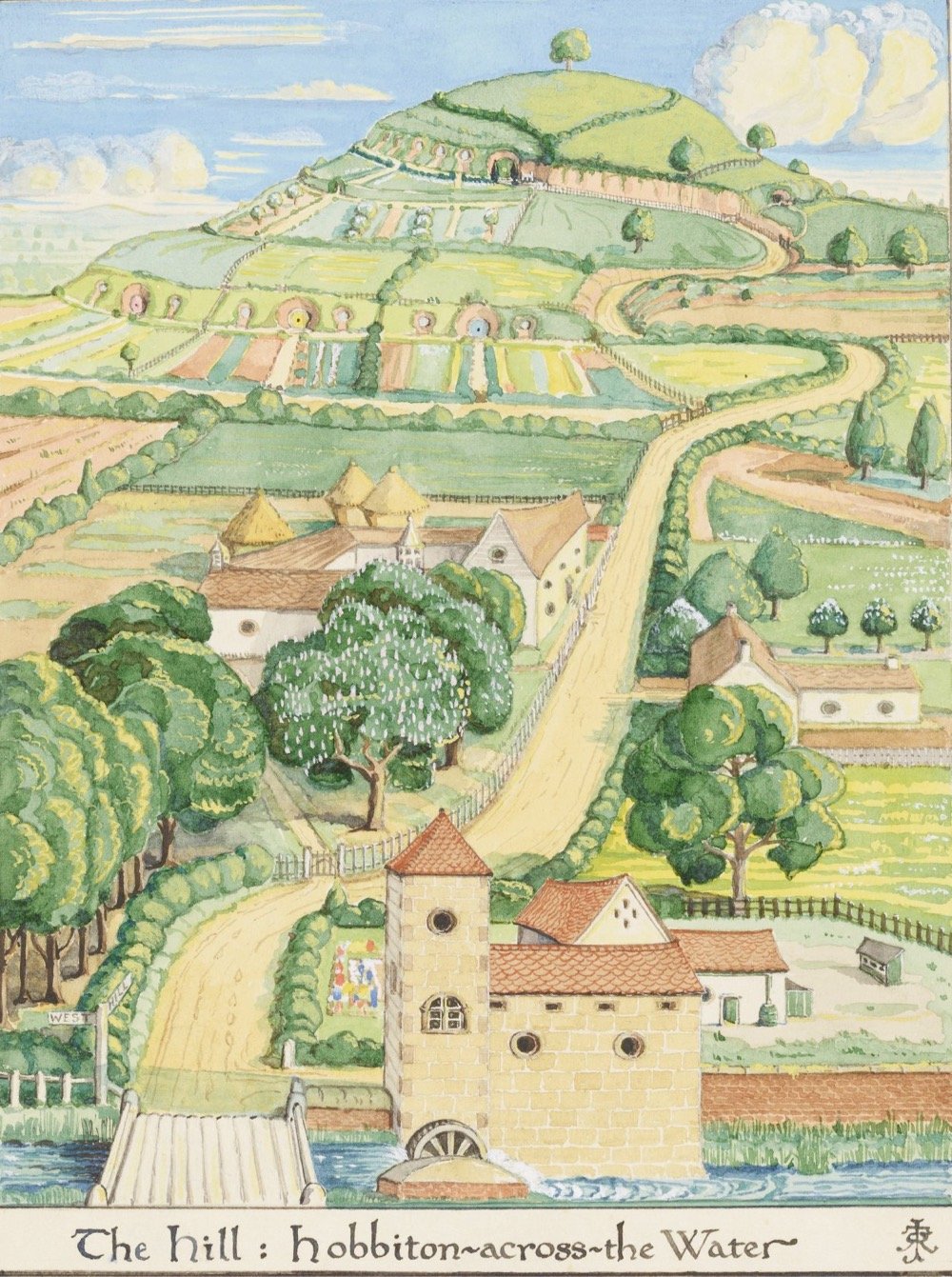
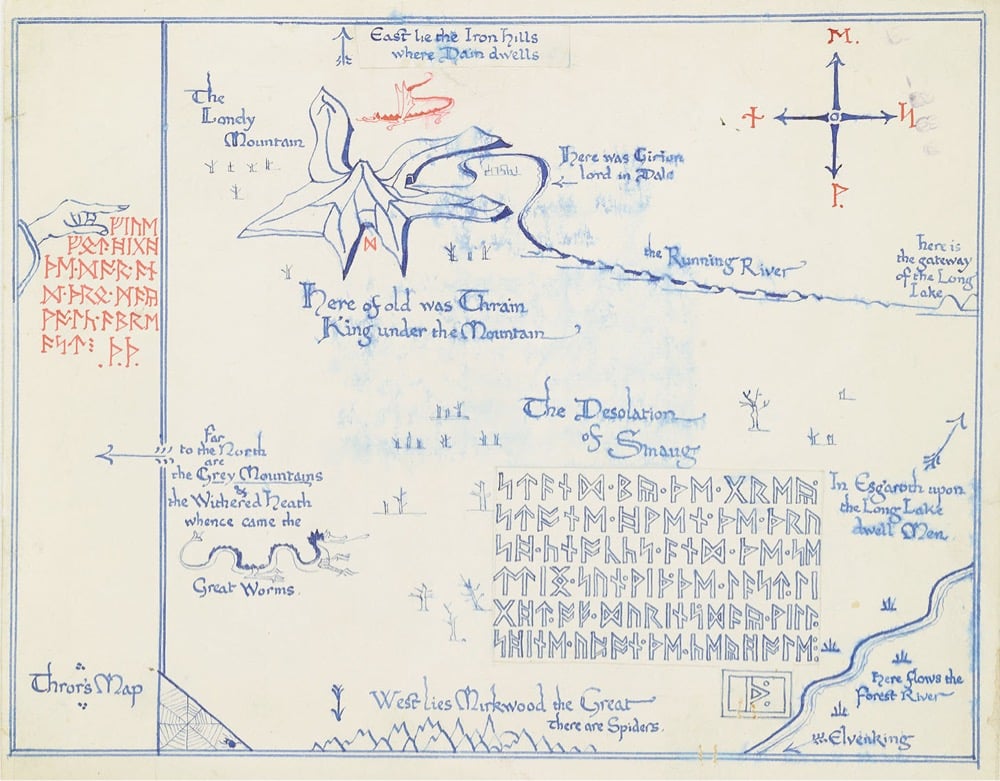



The Tolkien Estate has built a new website dedicated to J.R.R. Tolkien and it includes dozens of hard-drawn maps, illustrations, paintings, and calligraphic works done by the author in the course of writing his books. Tolkien was a talented artist and his maps and visual art were an integral part of his work. From Artnet:
Tolkien’s art and writings went hand and hand, with illustrations serving as an an integral part of his creative process. Sometimes the words would inspire the artwork, and sometimes drawing a scene would move the narrative in new directions.
The author meticulously mapped out the world of Middle Earth to ensure the accurate movements of his large cast of characters.
I was lucky enough to see some of these maps and drawings in person at this 2019 exhibition at the Morgan Library — great stuff. (via @tedgioia)
GoPro Camera Inside a Dishwasher
What happens inside a dishwasher when it’s running? How does it get your dishes clean? Warped Perception decided to find out by placing a couple of cameras (a GoPro and a 360-degree camera) inside the machine and running the full wash cycle. (via digg)
A list of the strongest materials on Earth, including spider silk that’s 10X stronger than kevlar and a lighter-than-water fiber that can stop bullets. Diamond doesn’t even make the top 5.
A Collection of Unusual Geological Landforms



The Instagram account Geomorphological Landscapes features some of the more beautiful and unusual natural and geological features our planet has to offer, including inselbergs, caves, murmurations, ice balls, clouds, and river meanders. The account doesn’t stick to strictly natural wonders, but whatever they post is usually worth a look. (via dense discovery)
How Saturn Got Its Rings
Within the past 100 million years, an icy moon got too close to Saturn and the planet’s gravity ripped it apart, forming the iconic rings. This clip from BBC’s The Planets details how that happened, accompanied by some amazing photography from NASA’s Cassini mission.
I got this from The Kid Should See This, who shared some ring facts:
They are younger than the dinosaurs, they form a disk wider than Jupiter that averages just 9 meters (30 feet) thick, and thanks to Cassini, we now know that there are tall peaks rising as high as 2.5 kilometers (1.6 miles) from the planet’s B ring.
I’ve shared this story on the site before, but seeing the rings of Saturn through my telescope in my backyard as a teenager made a massive impression on me as to the scale of the solar system and humankind’s ability to understand it through science and technology. I still can’t believe you can see those rings with a cheap telescope or binoculars. Incredible.
When Superheroes Graced Marvel’s Annual Financial Reports
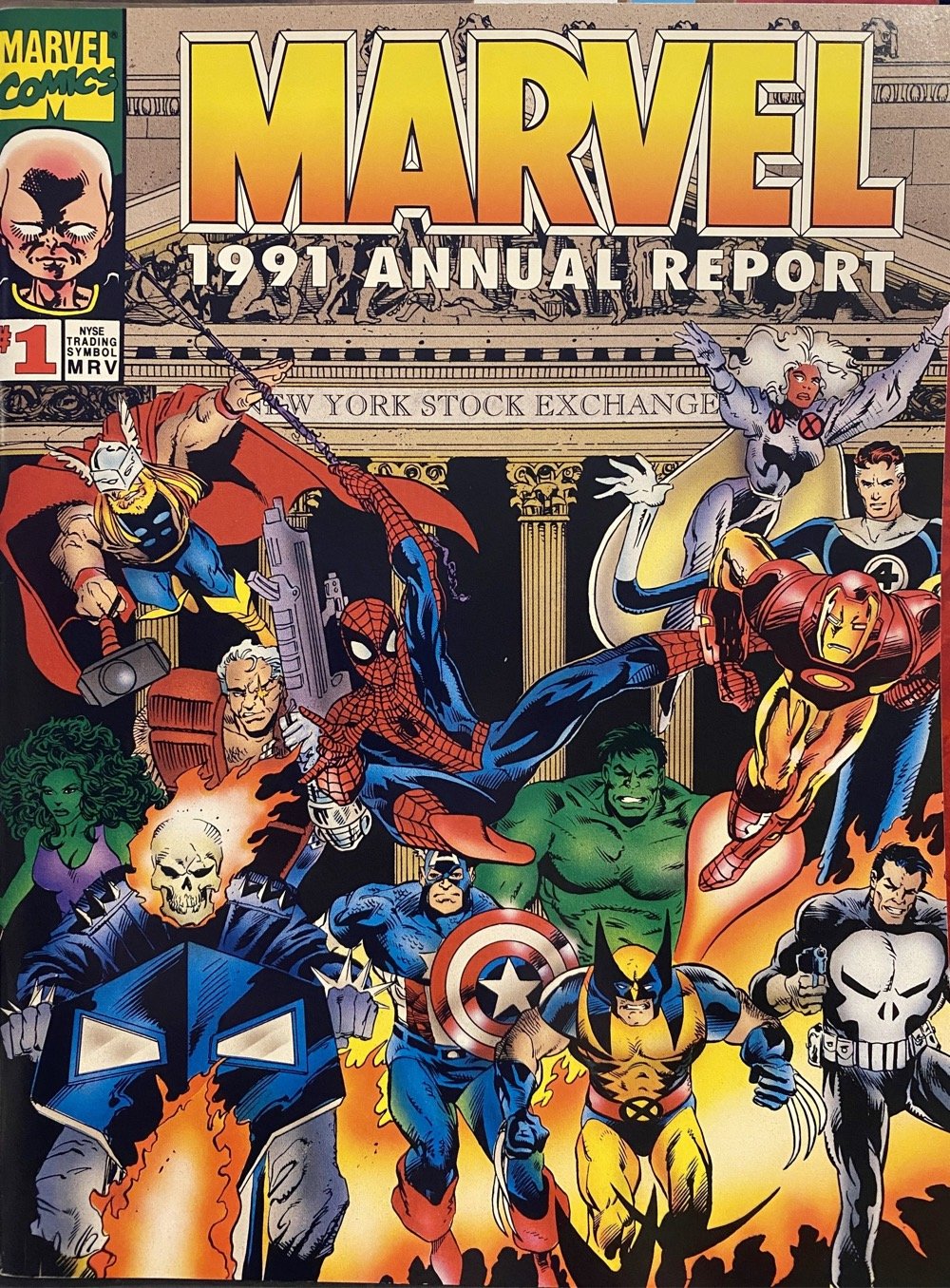
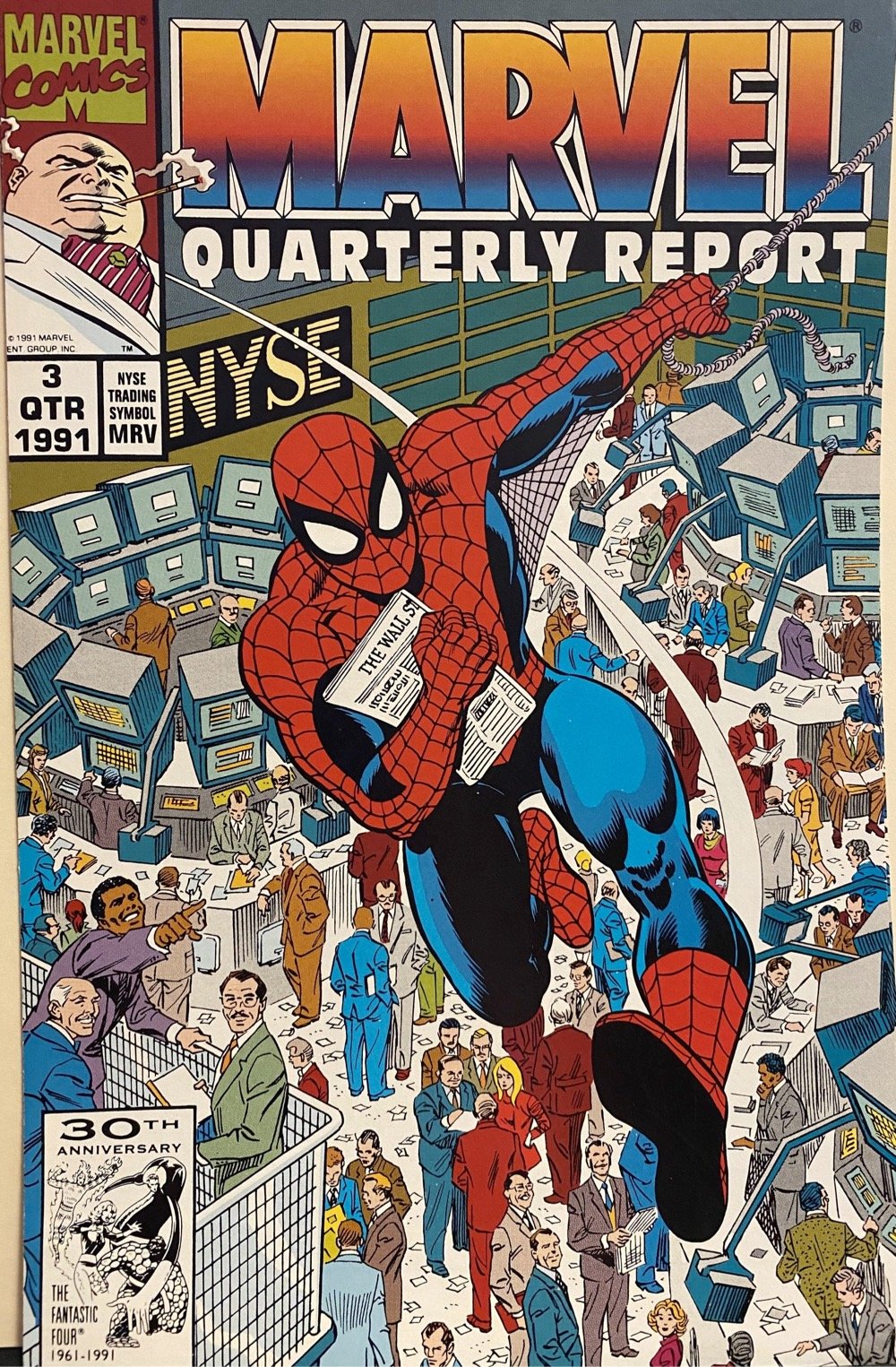
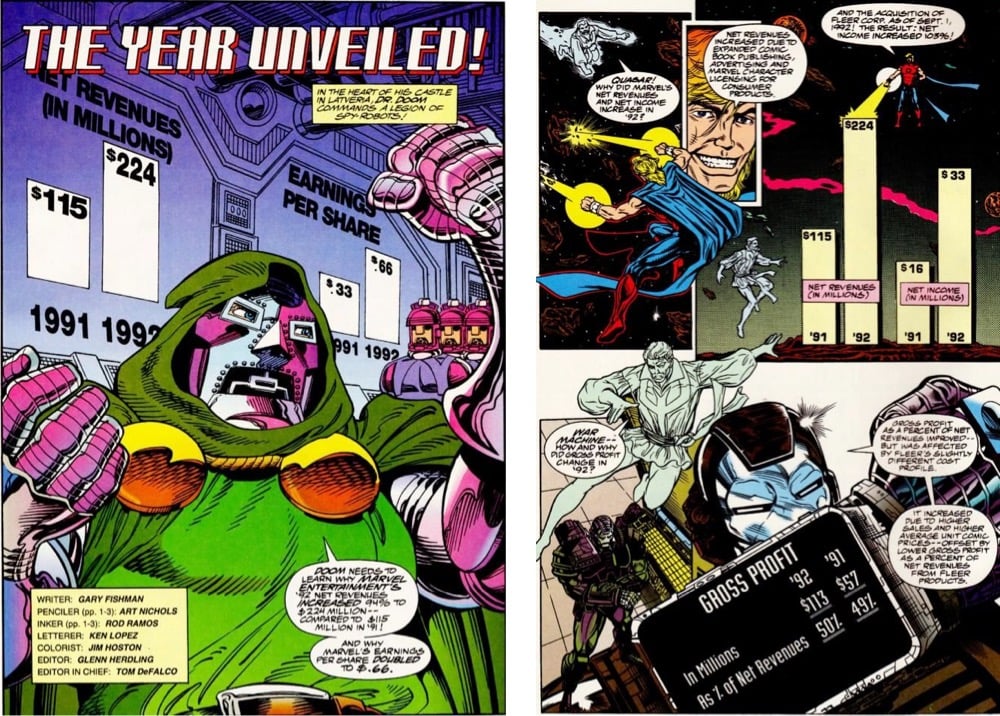
Starting in 1991 and continuing through 1996, Marvel released their quarterly and annual financial reports to shareholders in the form of comic books. Columbia University librarian Karen Green writes:
Working with editor Glenn Herdling, and using the Marvel Method of story to art to dialogue, Fishman developed the plot, Herdling found some of Marvel’s best artists to pencil, ink, and color, then Fishman wrote the copy (conveying everything the lawyers and SEC demanded), and Herdling put everything together. And so, thirty years ago today, a slim four-page comic debuted, with a cover by legendary artist John Romita Sr. Inside, Spider-Man and the Incredible Hulk (sporting, appropriately, an accountant’s green eye shade) discussed net income, publishing revenues, and earnings per share.
The report caused an immediate sensation. No one had seen anything like it. Even more impressive was the subsequent annual report. A 36-page stapled book on glossy paper, it combined information in comics form, introduced by Uatu the Watcher, with updates on licensing, advertising, and more, along with traditional financial tables and text.
If you’re interested, you can score copies of many of these on eBay for under $20.
What It’s Like to Get Worse at Something. “I had been skiing since childhood. Why did I suddenly suck at it?”
A Houston townhouse with an interior inspired by Friends. “There’s a Central Perk and your very own Friends fountain replica (mural).”
The FBI Guide to Internet Slang
In response to a Freedom of Information Act request in 2014, the FBI released their internal 83-page guide to internet slang (most of which are initialisms and acronyms). The quality of the scanned document is very poor, but it’s (just) readable. A few of my favorite phrases gleaned from skipping around the report:
BMUS - beam me up, Scotty
EMFBI - excuse me for butting in
JC - Jesus Christ/just curious/just chilling
MOS - mom over shoulder
PS - photoshop/play station/post script
SMG - sub-machine gun
TOTES FRESH - totally precious
YOYO - you’re on your own
WYLABOCTGWTR - would you like a bowl of cream to go with that remark?
For their annual publication that they send out to their company mailing list, Pentagram recently made a far more legible and well-designed version of the FBI’s guide featuring some of their own favorites.
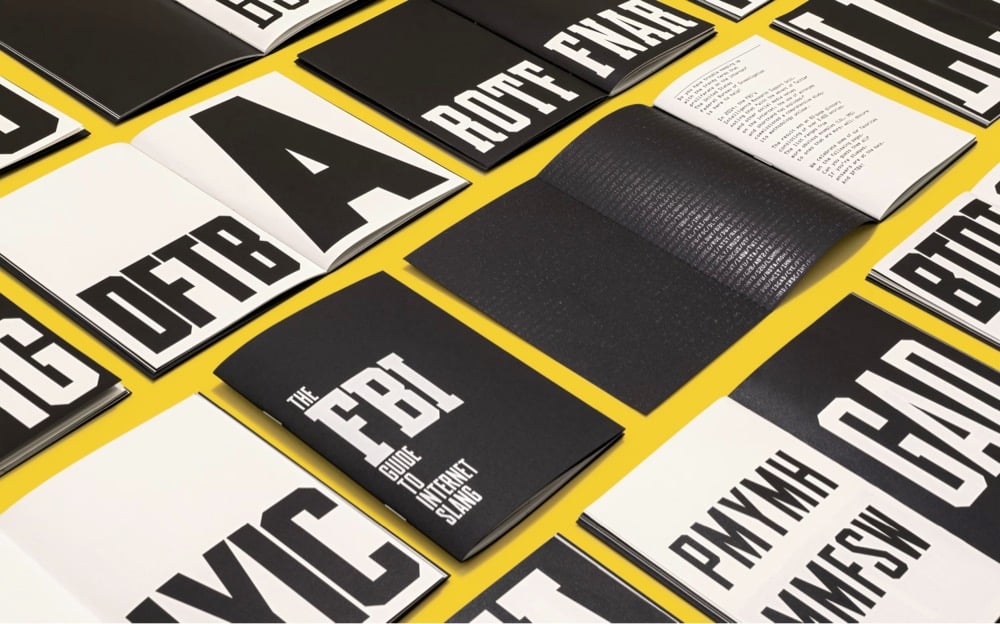
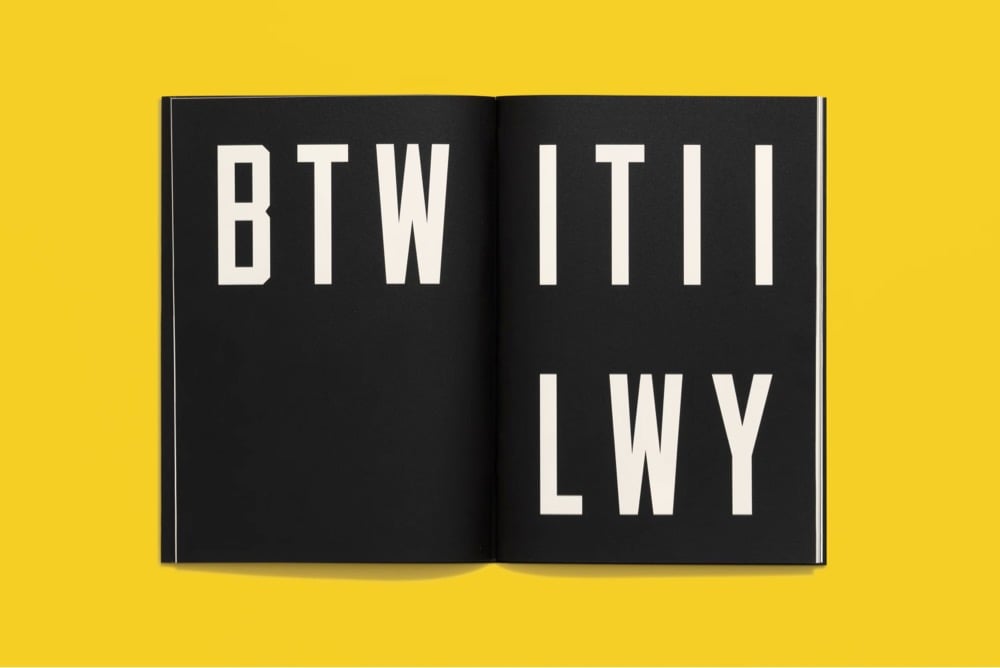
The booklet challenges readers to identify 14 abbreviations of varying difficulty and absurdity, with answers at the back. The acronyms are set in two custom typefaces designed by Pentagram partner Matt Willey, based on the markings that appear on the agency’s uniforms, particularly in popular media. The two fonts are fittingly named Edgar Sans and Clyde Slab in honor of longtime FBI Director J. Edgar Hoover and his deputy and alleged lover Clyde Tolson.
Sweeper’s Clock
As part of his Real Time series of new clock designs, Maarten Baas created the Sweeper’s Clock, a timepiece where the time is indicated by hands made of trash that is swept around the face by a pair of cleaners sweeping for 12 hours.
I got this from Colossal, who also highlight Baas’s Schiphol Clock and Analog Digital Clock.
From epidemiologist Dr. Katelyn Jetelina, here’s what we might expect from Omicron BA.2 here in the US. “This is also the perfect time to get boosted, get vaccinated, and order your second set of free antigen tests.”
Once again, America is in denial about signs of a fresh Covid wave. “In the past couple of weeks, UK, Germany, France and others are experiencing a new wave. The US should get ready.” Only 29% of the US pop. has had 3 shots!
Christopher Alexander, best known for his book A Pattern Language, has died at the age of 85. His work and humanist perspective was really influential for me early on in my career.
It Could’ve Been the World’s Largest Potato, if Only It Were a Potato. “We’re good at growing potatoes in New Zealand, but we’re not that good.”
Pixel Birds (and Other Animals)
![]()
Pixel artist Syosa (Twitter) has been drawing all sorts of pixel animals, including mammals, birds, and dogs.
![]()
I also liked their pixelized explainers, like this one on food poisoning.
![]()
(via present & correct)
Patrick Radden Keefe: How Putin’s Oligarchs Bought London. “From banking to boarding schools, the British establishment has long been at their service, discretion guaranteed.”
How Galaxy Quest’s Thermian Aliens Were Created
In this short clip, the cast of Galaxy Quest looks back on how the speech, mannerisms, and culture of the Thermian people were developed. One of the actors came up with the voice in an audition and the filmmakers and actors just ran with it. (via digg)
Clip from Late Night with David Letterman where his guest is Fred Rogers, who talks about meeting Eddie Murphy. It’s from 1982, just 2 weeks after the show premiered. Neither Dave nor his audience quite knows what to make of his earnest guest.
Arnold Schwarzenegger Shares a Powerful Message to the Russian People
This is really good: Arnold Schwarzenegger recorded a message, subtitled in both English and Russian, directed at the Russian people (and briefly, Vladimir Putin) about the war in Ukraine. It’s a canny piece of media by an exceptional communicator — drawing on his obvious respect for the people of Russia and his father’s experience as a German soldier in World War II, Schwarzenegger tells Russian citizens that they’ve been lied to about the war by their leadership, that most of the world is against their actions, and warns them about the consequences of being economically and socially isolated from the rest of the world.
This is not the war to defend Russia that your grandfather or your great grandfathers fought. This is an illegal war! Your lives, your limbs, your futures are being sacrificed for a senseless war condemned by the entire world.
Well, this is a lot of fun – play online with a trio of Roland music machines: the TR-808 drum machine, the TB-303 bass synthesizer, and the SH-101 synthesizer. There’s even a record button, so you can d/l the tunes you make.
A forthcoming book by Rob Walker and Joshua Glenn: Lost Objects: 50 Stories About the Things We Miss and Why They Matter. “What is it about these bygone objects? Why do they continue to haunt us long after they’ve vanished from our lives?”
Better Names for Food

Nathan Pyle has come up with some alternate names for everyday foods: wheat wands for breadsticks, leafbucket for salad, fried beans 2.0 for refried beans, guac cartridge for avocado, and breadcocoon meatapillar for corn dogs. Click through for more.
Brilliant Slowed Down 80s Pop Hits by Alvin & the Chipmunks
This is an oldie but a goodie: Brian Borcherdt took an album of 80s covers sung by Alvin & the Chipmunks (Walk Like an Egyptian, My Sharona, Always On My Mind) and played them at 16 RPM on a record player. The effect “revealed what was secretly the most important postpunk/goth album ever recorded”.
Every time I hear the version of “You Keep Me Hanging On” on this video I just collapse laughing because it sounds exactly like what would happen if The Afghan Whigs were given the sound of Peter Gabriel’s 1982 SECURITY. That opening! That’s f**king “San Jacinto” right there!
See also the same treatment given to a 1998 album of Chipmunks dance mixes.
I feel like I’ve featured this before (or something like it), but it’s worthwhile so: City Roads will give you a bare-bones map of every road in a given city. Try it w/ NYC, Shanghai, Paris, or Berlin.
A Cheetah Running in Slow Motion
I don’t know that there’s much to say about this…it’s the world’s fastest land animal moving in slow motion, muscles rippling, legs moving in concert, etc. It’s beautiful and mesmerizing — time kinda stopped for me while I was watching it.
Why is Russia invading Ukraine?, a recent episode of Vermont Public Radio’s But Why: A Podcast For Curious Kids.
Surrealist Makeup




Mimi Choi is a makeup artist who specializes in creating visual illusions — you can check out her work on her website or on Instagram. If you click into her individual posts on Instagram (like this one or this one), you can see how she does each look and also get freaked out when she starts blinking her real eyes and opening her hidden mouth and such. So cool!
See also Alexa Meade’s Living Paintings.
RCA SelectaVision, the Weird and Doomed Early 80s Video Record Player
I have to admit that about 3 minutes into this video, I was not entirely sure that the RCA SelectaVision, a vinyl record-based system for playing videos released in 1981, was not a made-up thing. I’d never heard of this contraption before, but apparently it was an actual product that got released into the world and was apparently pretty much a disaster, as you might expect.
This video, as well as parts 2 & 3 (below), is a pretty deep and entertaining dive into the SelectaVision and the Capacitance Electronic Discs it played.
(via open culture)
You Don’t Really Ever Own an EV. “If carmakers can dictate how you use your car, do you really even own it?” (Most of this applies to any vehicle with an extensive software component.)
The 2020 US census undercounted Hispanic, Black and Native American residents. The pandemic & Republican meddling hampered efforts at an accurate count, but the census also chronically undercounts those groups.
Small independent creators on Vimeo are seeing massive increases in their monthly bills. Pay up or leave, says Vimeo.
A Taxonomy of Video Game Difficulty
When someone tells you that a particular video game (like Elden Ring) is hard, it can be tough to figure out what they might mean by that because games are hard in different ways. As Tolstoy might have said had he been a gamer: “All easy games are alike; each difficult game is difficult in its own way.”
Two recent articles have attempted to categorize the different ways in which players are challenged while playing games. Back in September 2021, Rhys Frampton outlined three main types of difficulty: comprehensive, executive, and strategic. Comprehensive difficulty relates to understanding the rules of the game while executive difficulty is about physicality (e.g. fast reflexes, coordination). Strategic difficulty relates to how to use your understanding of the rules and your reflexes to best master the game, your opponent, or yourself.
Once you understand a task’s goals, as well as the physical abilities required to perform the task’s actions, your final hurdle will be optimizing those actions to most effectively achieve those goals. This is strategic difficulty, the third and final category, and it is often the trickiest both to overcome and define. To demonstrate this, examine the difference between an intermediate Go player and a master. Both of them fully understand the game’s rules, while also being capable of reliably moving their pieces to any desired spot on the board — thus, they both have an equal mastery of Go’s comprehensive and executive difficulty. However, the Go master will always win against the intermediate player, because they have a superior understanding of Go’s strategic difficulty (i.e., the various tactics and divergent outcomes that will best lead them to victory). Go is a particularly important case subject for those interested in strategic difficulty, because despite being very simple to pick up and play, its strategic depths have still not been fully mastered even after thousands of years. Within the framework of “what,” “how,” and “why,” strategic difficulty represents “why,” and Go is one of the only examples of an activity whose difficulty is almost solely strategic.
I found Frampton’s piece via Clive Thompson, who riffs briefly on it here.
Earlier this month, Ars Technica’s Kyle Orland listed “five noncomprehensive subcategories” of gaming difficulty. Mechanical difficulty is about reflexes, punishing difficulty relates to how much of penalty you pay for mistakes (e.g. does the game make you start from the beginning when you die), arcane difficulty is about how much the game helps you learn to play, grindable difficulty is about the game giving you an option to power up via spending a lot of time performing tedious actions, and difficulty walls is about the presence of “impassable walls that fully impeded a player’s progress”. About grindable difficulty, Orland says:
Even the hardest mountain can be ground down by a gentle stream if given enough time. Similarly, some games that seem tough at first can eventually be completed if you’re willing to put in the time to grind out improvements to your character’s power level.
In a game like Super Meat Boy, there’s no item you can find to make a difficult series of jumps any easier. In Elden Ring, on the other hand, the game can become significantly easier as you put in more time collecting the runes and items needed to power up your character level, weapons, and spells.
It’s unclear whether Orland read Frampton’s piece or not (there’s no reference to it in the article), but there’s both overlap and not between the two systems. I am sure there is prior art here, both related to video games and in describing the various types of athletic or intellectual challenges — let me know if you know of anything I should read about. But anyway, it’s interesting to think about this stuff in the context of games I like to play and ones that I really really do not…and also in hobbies I like to do and don’t.
A Demo of Pockit, a Tiny, Powerful, Modular Computer
Admission time: it’s been a long time since I considered myself any sort of gadget nerd, but I have to tell you that I watched much of this demo of Pockit with my jaw on the floor and my hand on my credit card. 12-year-old Jason would have run through a wall to be able to play with something like this. It does web browsing, streaming video, AI object detection, home automation, and just anything else you can think of. Reminded me of some combination of littleBits, Arduino, and Playdate. What a fun little device! (via craig mod)
Over two dozen family members whose loved ones have died due to OxyContin addiction were able to address members of the Sackler family directly in court for the first time. “You murdered my daughter and destroyed my family.”
An appreciation of the old-school Chowhound by Robert Sietsema. “Chowhound was at least partly responsible for setting us on the culinary path we’re on today, one that’s more inclusive and less Euro-centric.”
The commercials to showcase the incentives for electric cars in Vermont are embarrassingly bad. This makes people want to buy EVs?
SNL on Amazon Go’s Grab-and-Go Shopping Experience
This short sketch from Saturday Night Live highlights how Amazon Go’s “grab-and-go” shopping experience (where you walk out of the store with your items without having to check out first) doesn’t work that well for all shoppers.
Back in 2016 when Amazon announced their new store concept, Xavier Harding wrote Amazon Go’s “just walk out” technology sounds like a headache for shoppers of color.
White people who have never been “randomly” followed around at a Walgreens may have no problem walking into a store, grabbing an item and leaving — like this guy in the Amazon Go promo video.
But shoppers of color, who already see enough unwanted attention, may have their doubts. Especially in a store where the employees are mostly there for customer service, as Amazon’s promo video suggests. They roam the store, stock shelves and hang out near shoppers.
Why It’s Almost Impossible to Lose Anything in Japan
Japan’s lost and found system is legendarily good — millions of items are turned into local police stations by residents every year and most of those items make their way back to their owners (unless it’s a cheap umbrella). As this short video explains, there are a few reasons why the system works so well — the importance of the “societal eye”1 in Japanese culture is one of them.
The Japanese concept of ‘hitono-me’ or the ‘societal eye’ is an important part of the process. “Our internal morals usually help us modify our behavior, but so does the ‘societal eye.’” The culture prevents people from doing wrong, even without a police presence. “Japanese people care deeply about how other people view their behavior. So their attitude to lost property is tied to their image in society.” The moral discipline is upheld even in the face of natural disasters. “It’s often the case in Japan that when disasters happen, crime doesn’t go up. The only exception was the Fukushima disaster when we had cases of crime. So I think that the power of people’s eyes around us is far greater than the power of public authority.”
This article goes into more detail about why Japan’s lost and found system works so well. The comments on YouTube are full of people describing their experience w/ the lost and found system, many by foreigners who are stunned at the honesty. Here’s one:
This is really true. I lost my bag that had all our passports, laptops, money… everything. Somehow they managed to track it down 200km in Nagoya and bring it to me the next morning in Takayama. I offered to give them something as a token of my gratitude but they didn’t accept because this is considered normal in their country. Absolutely amazing.
It is not quite the same thing, but “hitono-me” reminds me of Jane Jacobs’ emphasis on the importance in cities of having “eyes upon the street”:
A city street equipped to handle strangers, and to make a safety asset, in itself, out of the presence of strangers, as the streets of successful city neighborhoods always do, must have three main qualities:
First, there must be a clear demarcation between what is public space and what is private space. Public and private spaces cannot ooze into each other as they do typically in suburban settings or in projects.
Second, there must be eyes upon the street, eyes belonging to those we might call the natural proprietors of the street. The buildings on a street equipped to handle strangers and to insure the safety of both residents and strangers, must be oriented to the street. They cannot turn their backs or blank sides on it and leave it blind.
And third, the sidewalk must have users on it fairly continuously, both to add to the number of effective eyes on the street and to induce the people in buildings along the street to watch the sidewalks in sufficient numbers. Nobody enjoys sitting on a stoop or looking out a window at an empty street. Almost nobody does such a thing. Large numbers of people entertain themselves, off and on, by watching street activity.
Almost no need to note here that “eyes upon the street” is a thing that almost does not exist in most American cities these days. ↩
Today is Equal Pay Day in the US for 2022. “This date symbolizes how far into the year women must work to earn what men earned in the previous year.”
Ukrainian Stamp Design Contest
After Russia invaded the country, Ukraine’s post office (Ukrposhta) decided to hold a contest to design a stamp that illustrated “Ukrainians’ determination to defend their land”. Out of 500 submissions, Ukrposhta chose 20 designs as the finalists.
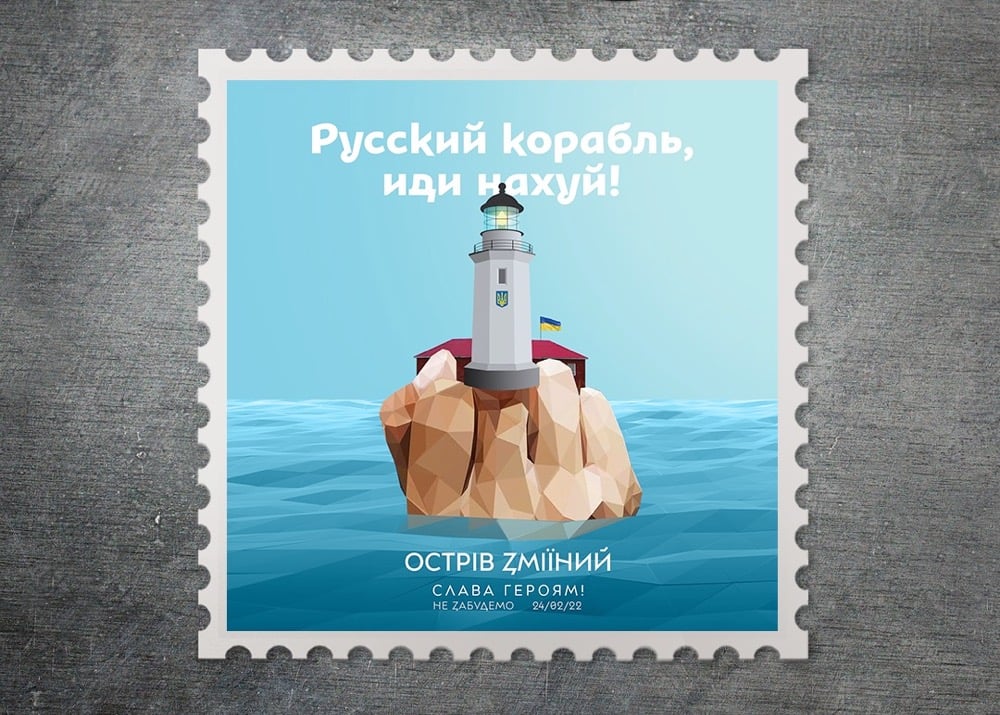


(Paweł Jońca’s illustration would also have made an amazing stamp.) Many of the finalists, including the winning entry (middle stamp above), reference the Ukrainian soldiers on Snake Island who told a Russian warship “Go fuck yourself”. Ukrposhta is now working on getting the winning stamp printed so that people can use it for postage — because, perhaps unbelievably, the post office continues to deliver the mail & packages throughout much of the country. (thx, @jackisnotabird)
50 years after playing Michael Corleone in The Godfather, Al Pacino looks back. “It’s a piece of work that I was so fortunate to be in. But it’s taken me a lifetime to accept it and move on.”
24 Years
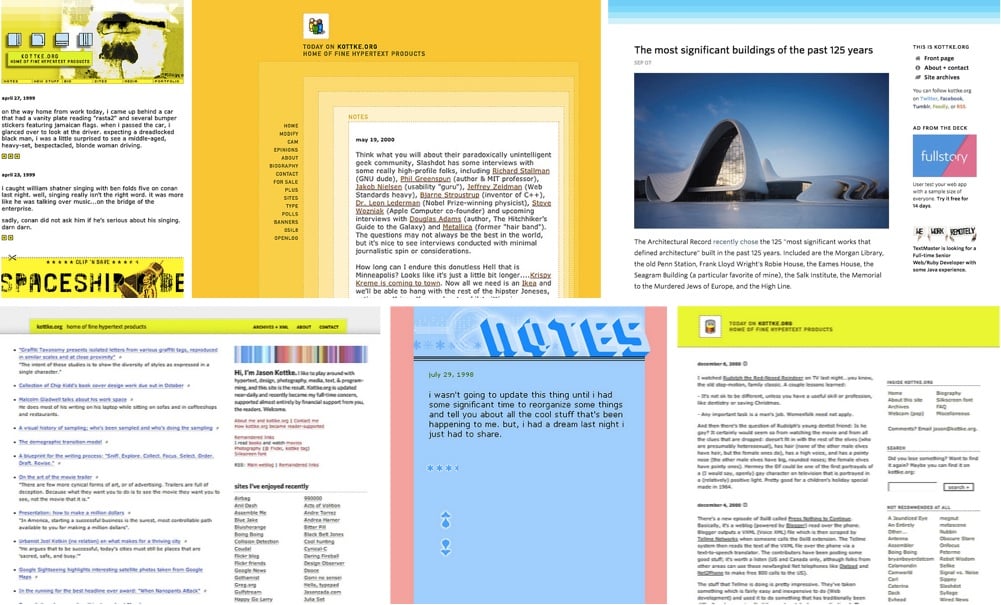
24 years ago today, I published the first post on kottke.org and, aside from a few weeks-long stretches (including a two-month paternity break when my son was born), I just never stopped. 1998! The late 20th century, for god’s sake. I write an anniversary post like this every year and I’m increasingly unsure how to think about the magnitude of that length of time — 24 years is just a few months away from being half of my life. Half. Of. My. Life. How? Why?!
In 2018, on the 20th anniversary of the site, I wrote a little bit about what I’ve gotten out of the site:
Some of my older posts are genuinely cringeworthy to read now: poorly written, cluelessly privileged, and even mean spirited. I’m ashamed to have written some of them.
But had I not written all those posts, good and bad, I wouldn’t be who I am today, which, hopefully, is a somewhat wiser person vectoring towards a better version of himself. What the site has become in its best moments — a slightly highfalutin description from the about page: “[kottke.org] covers the essential people, inventions, performances, and ideas that increase the collective adjacent possible of humanity” — has given me a chance to “try on” hundreds of thousands of ideas, put myself into the shoes of all kinds of different thinkers & creators, meet some wonderful people (some of whom I’m lucky enough to call my friends), and engage with some of the best readers on the web (that’s you!), who regularly challenge me on and improve my understanding of countless topics and viewpoints.
I had a personal realization recently: kottke.org isn’t so much a thing I’m making but a process I’m going through. A journey. A journey towards knowledge, discovery, empathy, connection, and a better way of seeing the world. Along the way, I’ve found myself and all of you. I feel so so so lucky to have had this opportunity.
I’ve been going through a bit of a rough patch for the past several months, both related to the site and not, and it’s so helpful for me to read that today, to be reminded of what kottke.org has given me and the special place it occupies in my life. I know some of you have been reading since the very beginning and others only for a few weeks/months, but I’d like to thank all of you for coming along with me on this journey.
And hey, while I have you here, I’d especially like to thank those readers who have supported kottke.org with a membership over the last five years — that financial support has allowed me to keep this site open and free for everyone to read, an increasing rarity in today’s subscription media environment. If you would like to join them (or if you’re a former member1 wanting to contribute again), step right this way.
I discovered the other day that there are nearly as many former members of kottke.org as current members. That seems surprising to me, but I’m not entirely sure why…↩
Experience the Lake District of Beatrix Potter
This is a really nice way to start the week: with relaxing bucolic scenes from the Lake District, a mountainous region in NW England that inspired the tales of Beatrix Potter. The lovely short film is part of an exhibition on Potter at the V&A.
The Lake District is a region and national park in Cumbria, North West England known for its glacial lakes and rugged fell mountains. Beatrix Potter eventually settled here after growing up in her ‘unloved birthplace’ of London, becoming an award-winning sheep farmer and respected member of the local community. When Potter died aged 77 on 22 December 1943, she left 14 farms and more than 4,000 acres to the National Trust.
Produced and directed by award-winning filmmaker and photographer Terry Abraham, this film captures intimate shots of the native wildlife that Potter would have sketched and later immortalised in her storybooks, alongside epic panoramic footage of its mountains and lakes, featuring locations where Potter lived, worked and admired.
Here’s an interview with filmmaker Terry Abraham about the film.
Over the last year or so I’ve been volunteering for my local red squirrel charity in the Eden Valley. Sadly, our beloved Squirrel Nutkin is on the verge of extinction within England and Wales thanks to the non-native grey squirrel brought in by the Victorians from North America. Little did they know that greys are immune carriers of a virus that wipes out red squirrel communities. Cumbria is the last major stronghold for Nutkin now and so along with many others I do my best to protect them and ensure their survival. Consequently, I’ve befriended many wild reds and can easily capture them on camera. Some even eat from my hand or sit by my side in the forest!
You can see some red squirrel footage starting right around 3:20 in the video. (via the kid should see this)
The Winners of Sony World Photography Awards for 2022





The Sony World Photography Awards have announced the winners of their national and regional competitions. As usual with these awards, there’s a bunch of great work in here. I’ve selected a few of my favorites above — from top to bottom, Sergio Carrasco, Chin Leong Teo, Kazi Arifuzzaman, Thanh Nguyen Phuc, and Wonyoung Choi. View the rest of the winning images here. (via colossal)
IBM’s $300 Open Source Lego Microscope


Using Lego bricks, a Raspberry Pi mini-computer, an Arduino microcontroller, some off-the-shelf components like lenses, and 3D-printed components, IBM scientist Yuksel Temiz built a fully functional microscope to help him with his work. The materials cost around $300 and the microscope performs as well as scopes many times more expensive — the images above were taken with the Lego scope.
The microscope works so well that for the past two years Temiz and his colleagues in the microfluidics lab at IBM Research, just meters away from the picturesque Zurich lake, have been using the images they took with it in their papers, published in leading journals. They also use them for presentations at major conferences. Not all images relate to microfluidics — the area of science that involves manipulating fluids on miniscule chips in a very precise manner. The liquids can be blood or urine, used for cancer and infectious diseases research as well as understanding heart attack conditions, and more. Researchers also routinely take images of typical computer chips, and Temiz showed me, for instance, how to take a stunning close up of a fruit fly.
Here’s a quick video look at how to build your own:
The the full set of open-sourced instructions are available on GitHub.
How Abraham Lincoln Used the Telegraph to Help Win the Civil War. “The nearly 1,000 bite-sized telegrams that he wrote during his presidency helped win the Civil War by projecting presidential power in unprecedented fashion.”
Minimalist Wordle Grid Art
The Twitter account 5x6 Art is posting extremely abstract versions of notable artworks using the constraint of fitting them into Wordle’s familiar 5x6 pixel grid.

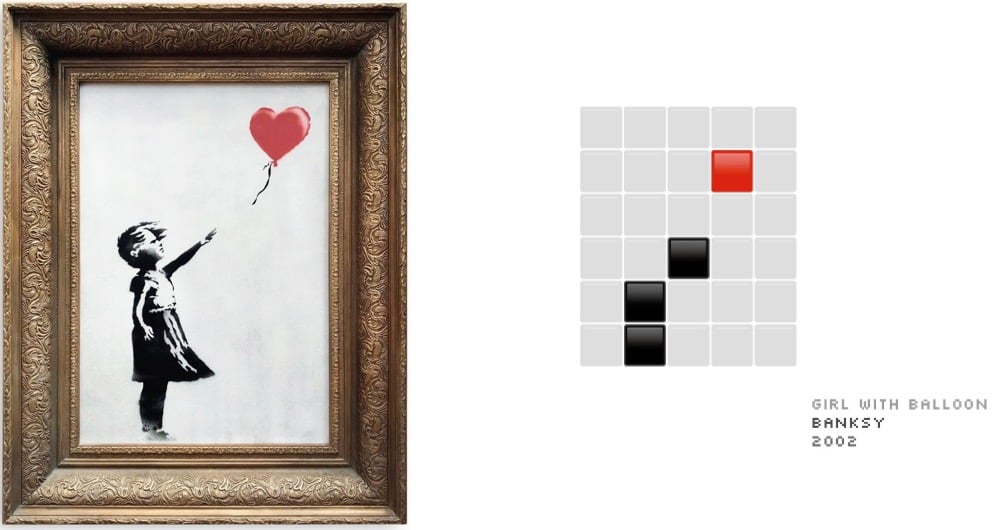

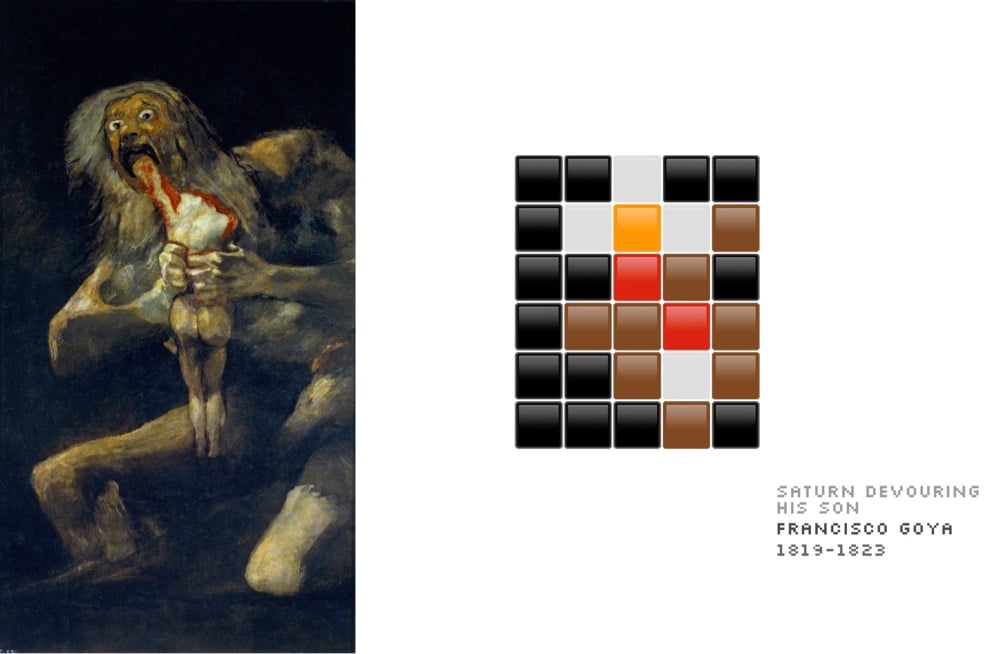
Obviously when you’re reducing artworks down to only 30 pixels of information, some of these are going to work better than others (e.g. Rothko and Mondrian). Still, some of the more detailed ones are just recognizable if you squint.
Looking back to the birth of Google, situated above a beloved bookstore. “The nerds upstairs had a cheap plastic banner made with the Google name emblazoned on it…[it] was an embarrassment and an eyesore.”
The Winners of the 2021 World Nature Photography Awards
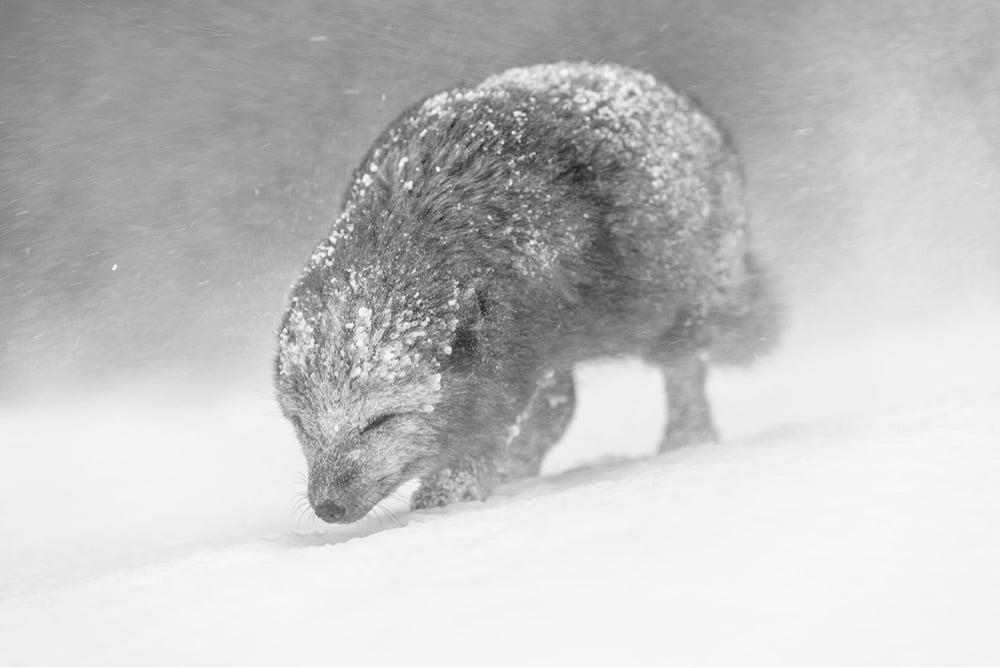

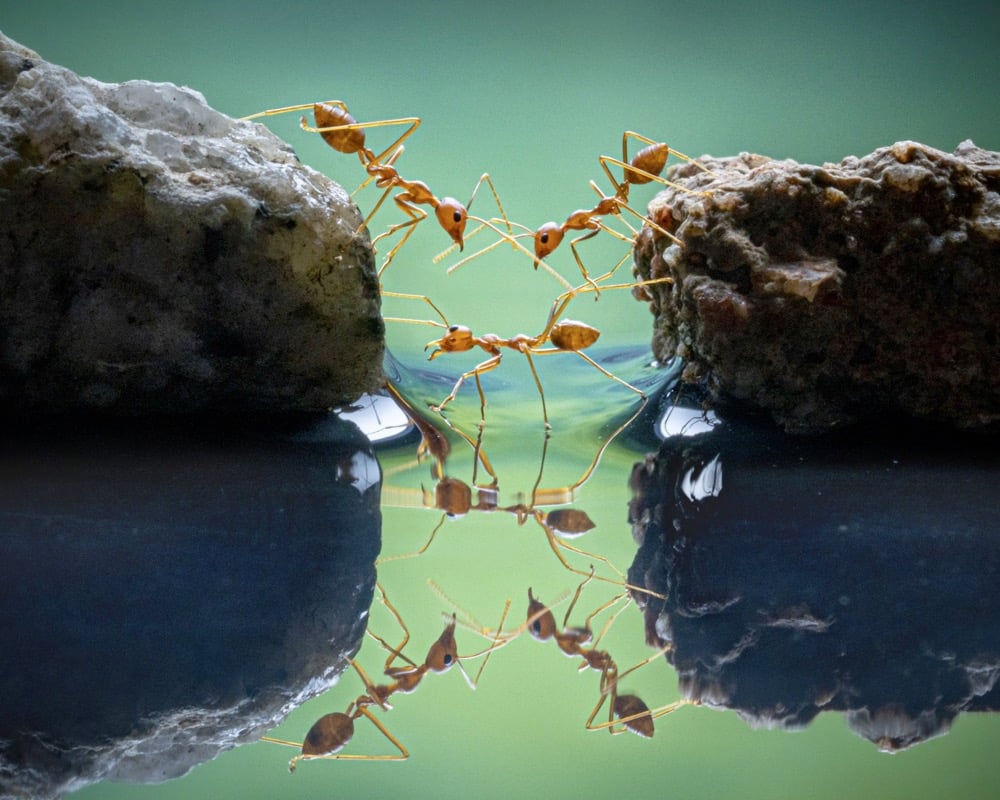
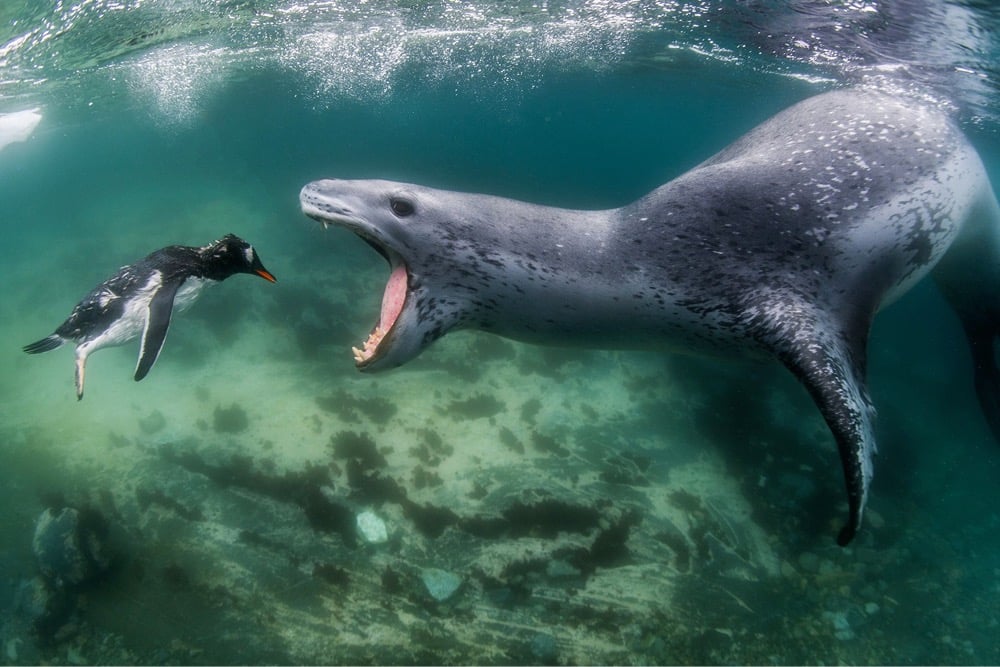
The winning photos in the World Nature Photography Awards for 2021 were recently unveiled and it is always such a pleasure and balm to see how well these photographers capture the beauty of the natural world and the creatures who dwell in it. As always, I’ve included some of my favorites above — from top to bottom, photos by Vince Burton, Gautam Kamat Bambolkar, Chin Leong Teo, and Amos Nachoum. (via in focus)
Mesmerizing Ice Crystal Formations
For his music video for Sébastien Guérive’s Bellatrix, Thomas Blanchard filmed ice crystals forming at close range and ultra-high resolution.
Bellatrix Sébastien Guérive music video is an experimental film on the crystallization of ice stars. It is a chemical saturation in hot water which is then cooled. The chemical saturation becomes very unstable when the liquid cools. The slightest disturbance in the liquid activates crystallization.
I spent hours and hours as a kid watching snowflakes accumulate on windowsills, raindrops rolling down windows, clouds rolling in from the west, and frost advance on surfaces, looking for patterns in the seeming randomness, so this is right up my alley. (via colossal)
Working with Edward Lorenz, programmers Ellen Fetter and Margaret Hamilton (who would later work on the Apollo program) played a pivotal role in the birth of chaos theory. “Today, [they] would have been listed as co-authors on that seminal paper.”
As an experiment, Dr. Tab Combs removed any signs of being a woman from her Twitter acct. The result? Less mansplaining, harassment, and threats. “For the first time, I felt like the expert my friends & colleagues say I am.”
Sanctions Would Bite Russia Harder with Pro-Transparency Finance Reforms
The other day I shared a video and article by Oliver Bullough on how the UK enables Russia’s oligarchs to launder their money: Putin’s Oligarchs and the London Laundromat. Writer and researcher Casey Michel, author of American Kleptocracy: How the U.S. Created the World’s Greatest Money Laundering Scheme in History, is here to tell us that the US and EU countries are also guilty here. In a piece for The Atlantic, Michel argues that the present sanctions against Russia would be much more effective if the West were willing to address the use of anonymous shell companies and trusts to launder funds.
The Western response has been far broader than most experts anticipated, and threatens to throw the Russian economy into chaos. Yet there’s a catch. Absent significant domestic reforms in the West — reforms that should have been enacted long ago — sanctions targeted at the oligarchic and official figures close to Russian President Vladmir Putin risk inflicting little more than a flesh wound on Russia’s imperial kleptocracy.
Rampant financial anonymity in places like the U.S. makes it relatively easy for powerful rich people to evade sanctions. A Russian oligarch may have multimillion-dollar mansions in Washington, D.C.; or multiple steel plants across the Rust Belt; or a controlling stake in a hedge fund in Greenwich, Connecticut; or an entire fleet of private jets in California; or an array of lawyers setting up purchases at art houses around the country. And all of that wealth can be hidden-perfectly legally-behind anonymous shell companies and trusts that are enormously difficult to penetrate.
If Western policy makers hope to hold Putin’s cronies truly accountable, sanctions will have to be paired with pro-transparency reforms that can disassemble this web of secrecy. Western governments should start by ending anonymity in shell companies and trusts; demanding basic anti-money-laundering checks for lawyers, art gallerists, and auction-house managers; and closing loopholes that allow anonymity in the real-estate, private-equity, and hedge-fund industries. That is, if the sanctions are to retain their bite, the entire counter-kleptocracy playbook needs to be implemented-immediately.
Are Gas Prices Too High? Or Is Your Car Too Big? “What if, facing those high prices [in 2012], we had made changes on the demand side instead?”
Karaoke Torii Made of Speakers


For the Kobe Biennale held in Kobe, Japan in 2016, sculptor Benoît Maubrey created a traditional Japanese torii gate out of speakers and a bunch of inputs (Bluetooth, line-in, even an 8-track). Using microphones or their phones, passersby could connect to the torii to play music or sounds, talk to each other over the mics, or sing karaoke. The structure was later relocated to Kamiyama. Maubrey has made several similar artworks; here’s what he says about his work:
Artistically I use loudspeakers much in the same way that a sculptor uses clay or wood: as a modern medium to create monumental artworks with the added attraction that they can make the air vibrate (“sound”) around them and create a public “hotspot”.
The audio part of my sculptures is also site-specific and flexible: in all my work the sound level is controllable and the interactivity is regulated via a mixing board (a bell tower or pendulum clock also make sound).
Participation: according to the sculpture site and purpose my sculptures can be equipped with a microphone (self expression), Bluetooth receivers (individuals can play their own tunes music), telephone answering machines (people can call and express themselves Live), radio receivers (for low-level cosmic white noise that sound like whispering pines), and “audio” twitter that allows people to send phonic messages. In some cases the whole system can be used as a PA system for announcements, concerts, open mike sessions, and DJ events.
Ernest Shackleton’s Ship Found After 106 Years
Ernest Shackleton’s ship, The Endurance, has been lost since it sank in the Antarctic in 1915. A team of explorers and researchers just found it in icy waters 10,000 feet beneath the surface.
The ship was found about four miles south of the last location recorded by Shackleton’s captain and navigator, Frank Worsley. The search had been conducted over a wide area to account for errors in Worsley’s navigation equipment.
Endurance’s relatively pristine appearance was not unexpected, given the cold water and the lack of wood-eating marine organisms in the Weddell Sea that have ravaged shipwrecks elsewhere.
Mr. Bound also described the wreck as “intact.” Although Hurley’s photographs before the sinking had shown major damage to, and the collapse of, the ship’s mast and rigging, and there had been damage to the hull, Mr. Bound had expected most of the ship to be in one piece.
The video above was taken by the underwater drones that found the wreck.
The Hidden Secret in a Famous Painting
The set design of The Andy Griffith Show is perhaps an odd place to start when talking about 19th century French painter Jean-François Millet, but this video hits its stride when Salvador Dali enters the picture. After viewing, you can read more about Millet’s painting The Angelus.
I, High-Powered Fashion Editor Miranda Priestly, Demand an Assistant Who Is Terrible. “If you should falter, even once, I vow that I will become briefly aggravated with you and then keep you in your position.”
A 4-year-old unvaccinated child has tested positive for polio in Israel. It’s the first case there since 1989. (Something tells me we’ll be seeing more of this.)
“The European Commission on Tuesday outlined its strategy to cut [natural gas] import needs from Russia by two-thirds this year.” It’s amazing what can be done when the urgency is there…
Apollo 10 1/2
From Richard Linklater (Boyhood, A Scanner Darkly) comes a new Netflix movie called Apollo 10 1/2, in which a young boy growing up in Houston, TX in the 60s gets recruited by NASA to land a accidentally-too-small lunar lander on the Moon. It’s animated1 and premieres on Netflix on April 1.
The movie is rotoscoped, like Linklater’s A Scanner Darkly. I have to say, the rotoscoping effect is not my favorite. Why couldn’t this have been live action? I bet it would find more of an audience that way…↩
Interesting post from Cameron Sun about how he visualizes numbers. “Nine is a monolithic block with a slot gouged out of it, for receiving a one. It functions like a hook, peeling off a one from any number it’s added to.”
The Restorative Joy of Cycling by @pomeranian99. “When I arrive home, I feel like I’ve microdosed the pure essence of urban life. I’ve been *in* the world.”
The 2022 Tournament of Books is underway! Over the next month, 16 books will be narrowed down to one. I have read a remarkable number of these…I can judge if there’s an injury. Put me in, coach!
Putin’s Oligarchs and the London Laundromat
In this entertaining and informative video, Oliver Bullough, who has written a pair of books on money laundering (Moneyland and the forthcoming Butler to the World) takes us on a tour of London while telling us how “the most efficient scaled-up money laundering system in the world” has helped Russia’s oligarchs hide their billions and keep Putin in power. Bullough also wrote about the UK’s role in laundering oligarch money recently in The Guardian.
Russia is a mafia state, and its elite exists to enrich itself. Democracy is an existential threat to that theft, which is why Putin has crushed it at home and seeks to undermine it abroad. For decades, London has been the most important place not only for Russia’s criminal elite to launder its money, but also for it to stash its wealth. We have been the Kremlin’s bankers, and provided its elite with the financial skills it lacks. Its kleptocracy could not exist without our assistance. The best time to do something about this was 30 years ago — but the second best time is right now.
We journalists have long been writing about this, but it is not simply overheated rhetoric from overexcited hacks. Parliament’s intelligence and security committee wrote two years ago that our investigative agencies are underfunded, our economy is awash with dirty money, and oligarchs have bought influence at the very top of our society.
How Did This Many Deaths Become Normal?
In his newest piece for The Atlantic, Ed Yong explores why, despite more than 6 million official deaths worldwide and almost a million official deaths in the US, the toll of the pandemic isn’t provoking a massive social reckoning. This is a hell of an opening paragraph:
The United States reported more deaths from COVID-19 last Friday than deaths from Hurricane Katrina, more on any two recent weekdays than deaths during the 9/11 terrorist attacks, more last month than deaths from flu in a bad season, and more in two years than deaths from HIV during the four decades of the AIDS epidemic. At least 953,000 Americans have died from COVID, and the true toll is likely even higher because many deaths went uncounted. COVID is now the third leading cause of death in the U.S., after only heart disease and cancer, which are both catchall terms for many distinct diseases. The sheer scale of the tragedy strains the moral imagination. On May 24, 2020, as the United States passed 100,000 recorded deaths, The New York Times filled its front page with the names of the dead, describing their loss as “incalculable.” Now the nation hurtles toward a milestone of 1 million. What is 10 times incalculable?
And it just keeps going from there — this is one of those articles so well written and packed with so much information and insight that it’s difficult not to quote the whole thing, even though it paints a bleak picture of America. Read the whole thing here. See also Yong’s accompanying Twitter thread.
The Gender Pay Gap Bot is retweeting International Women’s Day posts from companies/organizations and highlighting the gender pay gap, e.g. “In this organisation, women’s median hourly pay is 24.4% lower than men’s.”
The Helpers: Profiles from the Front Lines of the Pandemic
Dismayed by the narrative that Americans did nothing to help each other out during the pandemic, Kathy Gilsinan took Mister Rogers’ advice and went to “look for the helpers”. The result is her new book, The Helpers: Profiles from the Front Lines of the Pandemic, a collection of profiles of those who worked with millions and millions of other Americans to combat the pandemic. From an excerpt in The Atlantic:
Paul Cary, for instance, was well known within the medical system in Aurora, Colorado, where he served as a paramedic — not only for his walrus mustache or the near-obsessive hours he put in, but also for his warmth. Harried and cynical ER nurses would light up when Cary arrived and asked after their families, cracking jokes about living the dream even as he was spending the evening ferrying gunshot victims or septic patients to the hospital. He wanted to be there for people on their worst days; that was the job. And in late March 2020, with COVID deaths mounting into the hundreds in New York City but still in the low double digits in his own state, Cary, a retired firefighter, decided to race toward the fire: He drove his ambulance 28 hours across the country to help relieve overwhelmed paramedics in New York. He did this knowing that, at 66, with a blood-clot disorder, a bad back, and other health issues, he was squarely in the demographic COVID preferred to kill.
The excerpt ends with an important point (re: “feel good” news & societal failure) and I’m going to quote it here:
People, of course, fail, and so do institutions. Individual goodwill and altruism cannot by themselves compensate for systemic weaknesses, and no kind volunteer alone will fix decades of underinvestment in public health or vulnerable supply chains for protective equipment. No feel-good story can compensate for the loss of more than 900,000 Americans or repair the heartbreak of millions of grieving loved ones. Still, there are those — many more than perhaps we expect — who look impossible odds in the eyes and fight anyway.
The Helpers: Profiles from the Front Lines of the Pandemic is available online and in bookstores now.
Worldwide, the Covid-19 pandemic has claimed at least 6 million lives. Almost a million of those are in the US. “Public health experts agree that six million is a vast undercount and that the true devastation will never be precisely known.”
Design Emergency: Building a Better Future. “Alice Rawsthorn and Paola Antonelli present a unique portrait of how our great creative minds are developing new design solutions to the major challenges of our time.”
Did Dua Lipa Plagiarize Levitating?
One of the biggest hits of the past two years has been Dua Lipa’s Levitating — this catchy disco-inflected tune didn’t hit #1 in the US but has set quite a few records for Billboard chart longevity (e.g. 41 weeks in the top 10). Lipa, her label, and her co-writers were recently hit with a lawsuit 1
by a band called Artikal Sound System alleging that Levitating was ripped off from their song, Live Your Life. At first glance, Artikal Sound System seems to have a point — take a listen to Levitating and then to Live Your Life.
But! As Adam Neely explains in this video, if you listen to it with an expert ear and with the history of music in mind, their case doesn’t seem so ironclad. For starters, Rosa Parks by Outkast (1998) and Blame It on the Boogie from The Jacksons (1978) contain very similar rhythms.
And just today brings news of a second lawsuit: “songwriters L. Russell Brown and Sandy Linzer allege that Lipa ‘duplicate[d]’ the ‘signature’ opening melody for ‘Levitating’ from their 1979 song ‘Wiggle and a Giggle All Night’ and 1980 song ‘Don Diablo’, performed by Cory Daye and Miguel Bosé respectively.”↩
Playing Wordle collaboratively. “When we play together, there seems to be a correlation between how many guesses and how much fun we have. The more time it takes the better.”
Russian Bear Steps on Ukrainian Lego
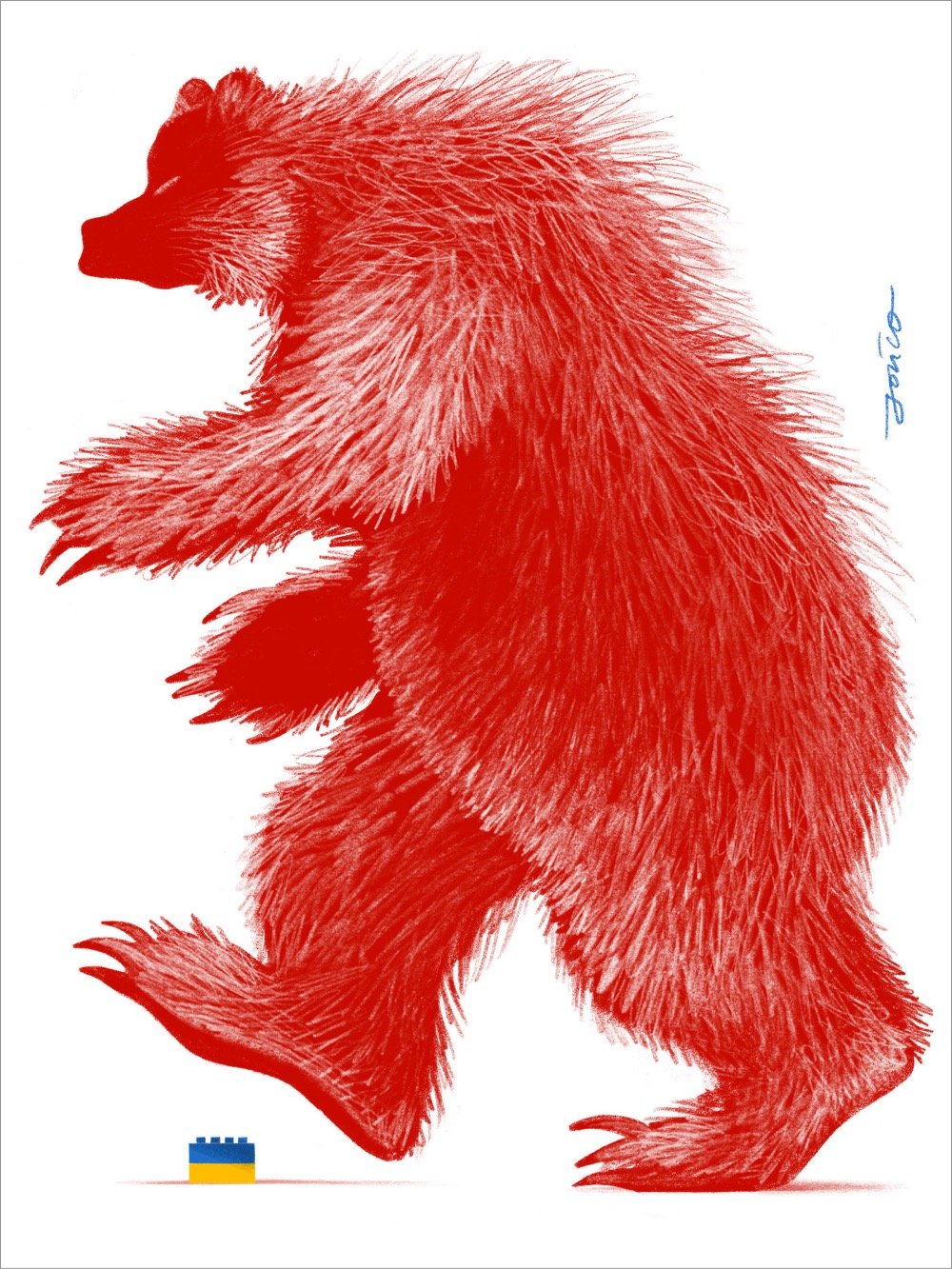
An absolutely fantastic poster by Polish illustrator Paweł Jońca of a giant red Russian bear about to step on a small Ukrainian flag made of Lego bricks. A printable digital download of this poster is available “by paying ANY amount” with all proceeds going to humanitarian aid for Ukraine (specifically to Polska Akcja Humanitarna).
Turning the Focus on America’s Oligarchs. “Could the scrutiny of Putin’s favored billionaires hastened by the war in Ukraine extend to the hidden money that subverts democracy in the United States?”
Ridgelines in Relief
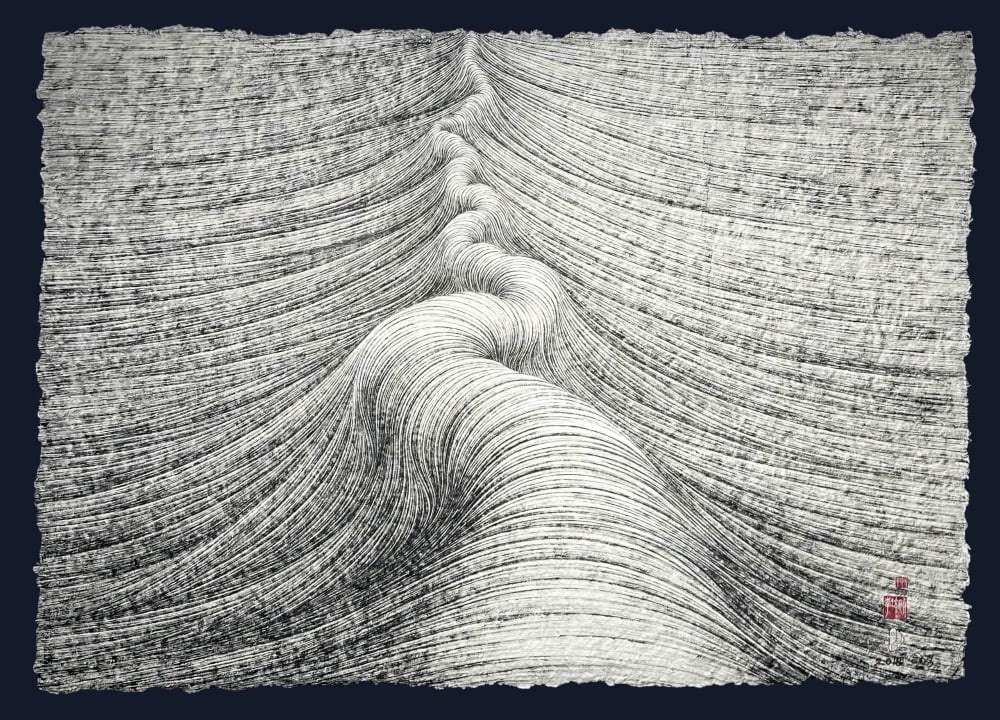
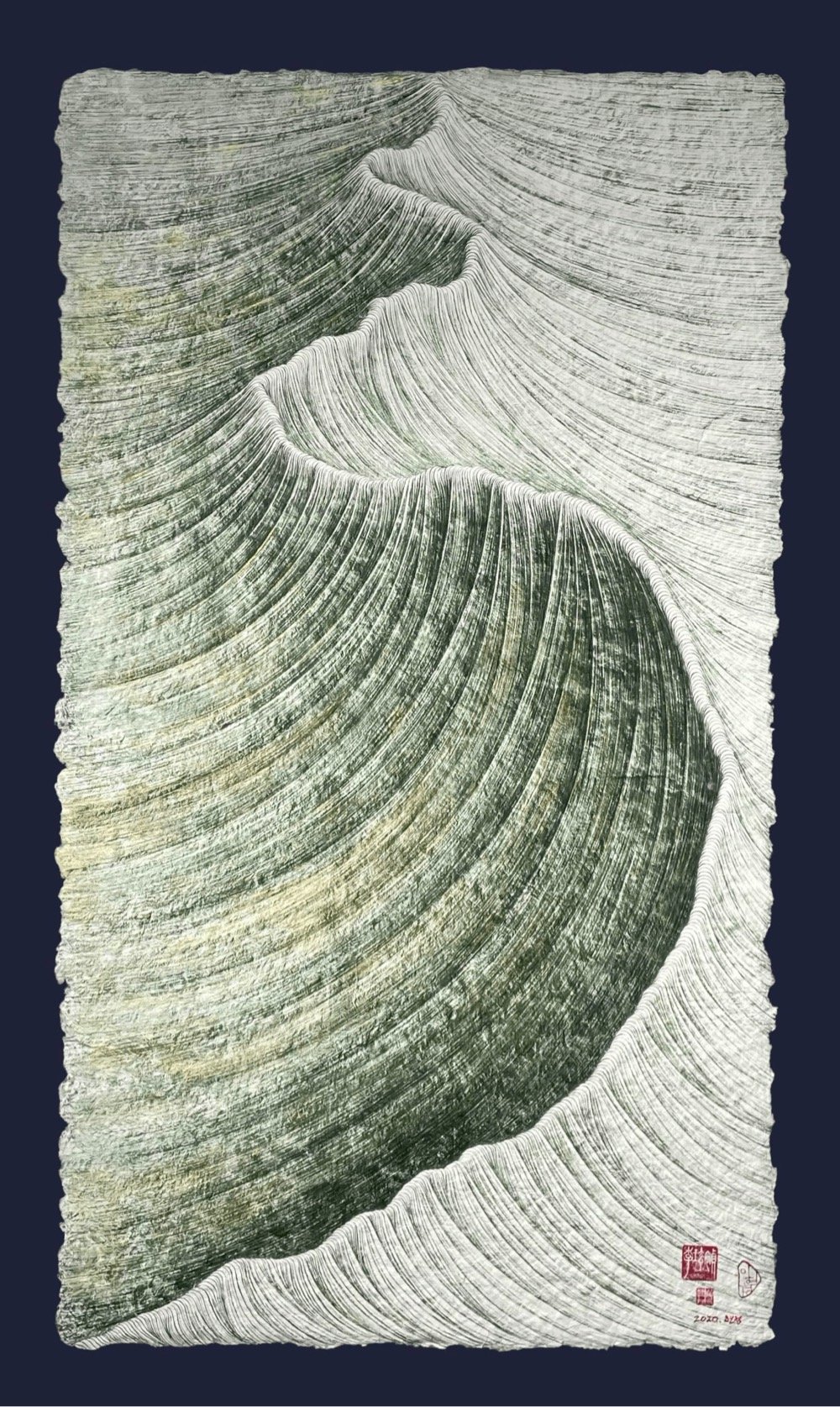
Love these swirling, swooping relief landscapes from Korean artist Lee Hyun-Joung. (via colossal)
Benjamin Franklin: A Film by Ken Burns
A new four-hour documentary series about Benjamin Franklin by Ken Burns will premiere on PBS on April 4th. Here’s the trailer and a slightly longer, less formal teaser from Burns:
Ken Burns’s two-part, four-hour documentary, Benjamin Franklin, explores the revolutionary life of one of the 18th century’s most consequential and compelling personalities, whose work and words unlocked the mystery of electricity and helped create the United States. Franklin’s 84 years (1706-1790) spanned an epoch of momentous change in science, technology, literature, politics, and government — fields he himself advanced through a lifelong commitment to societal and self-improvement.
Also available to watch while we wait for the series is this 6-minute extended scene about Franklin, smallpox, and his son Frankie.
For more reading on the history of smallpox inoculation and its introduction to America by an enslaved African man named Onesimus, check out these two articles. (via @CharlesCMann)
My Brilliant Friend, Season Three
So, I have been waiting for months for season three of HBO’s My Brilliant Friend series (based on Elena Ferrante’s Neapolitan novels) and somehow it has snuck in1 and started without me noticing! Anyway, the s03 trailer is above, the first episode aired earlier this week & is on HBO Max now, and new episodes will follow every Monday.
If you haven’t seen the show, you should check out the first two seasons first…this show is a gem and I wish HBO was doing more to promote it.
I’ve logged into HBO Max like 4 times this week and it has shown me nothing about the show, even though I watched the first two seasons of it. Even now, I had to dig to find it. Algorithm, you had one job…↩
The Return of Primitive Technology
After an absence of more than two years, John Plant has returned to the wilderness to build a thatched workshop. Plant is the sole proprietor behind the Primitive Technology YouTube channel, where he uploads deftly-edited videos of himself silently crafting tools, huts, weapons, and other Stone Age technologies in the forests of North Queensland, Australia. About the hut, he writes:
I built a thatched workshop as an area to do future projects in out of the rain and weather. The structure was a 4 x 4 m square covered with a gabled thatched roof where the lowest point was 2 m above the ground and the highest point was 4 m. This is the largest hut I’ve built to date taking 5 weeks to build. The structure sheds rain quite well and being open and without walls allows smoke to exit without issue.
If you’re unfamiliar with Plant, his videos are really well-done and quite meditative to watch. In a 2016 post, I wrote:
The way he shoots & edits these videos is so good…packing, what, dozens or even hundreds of years of technological evolution into a minute or two of wordless video.
So yeah, check these out if you have some time today to sit still and observe someone doing something they love. (via @nielsmann)
The Inventor of the Screw-In Coffin

In 2009, mechanical engineer Donald Scruggs received a patent for a hermetically sealed coffin that can be screwed into the ground. David Friedman made a short documentary about Scruggs and his screw-in coffin.
I was with some friends having a couple of drinks and one of them mentioned he had to go talk to some people about an automatic grave digger, which meant a huge amount of dirt removal. And I said, “Why don’t we just make a big large carrot shaped thing with threads around it and screw it into the ground?”
Scruggs says that burying someone in his coffin is “no more trouble than putting a fencepost in”.
For What It’s Worth

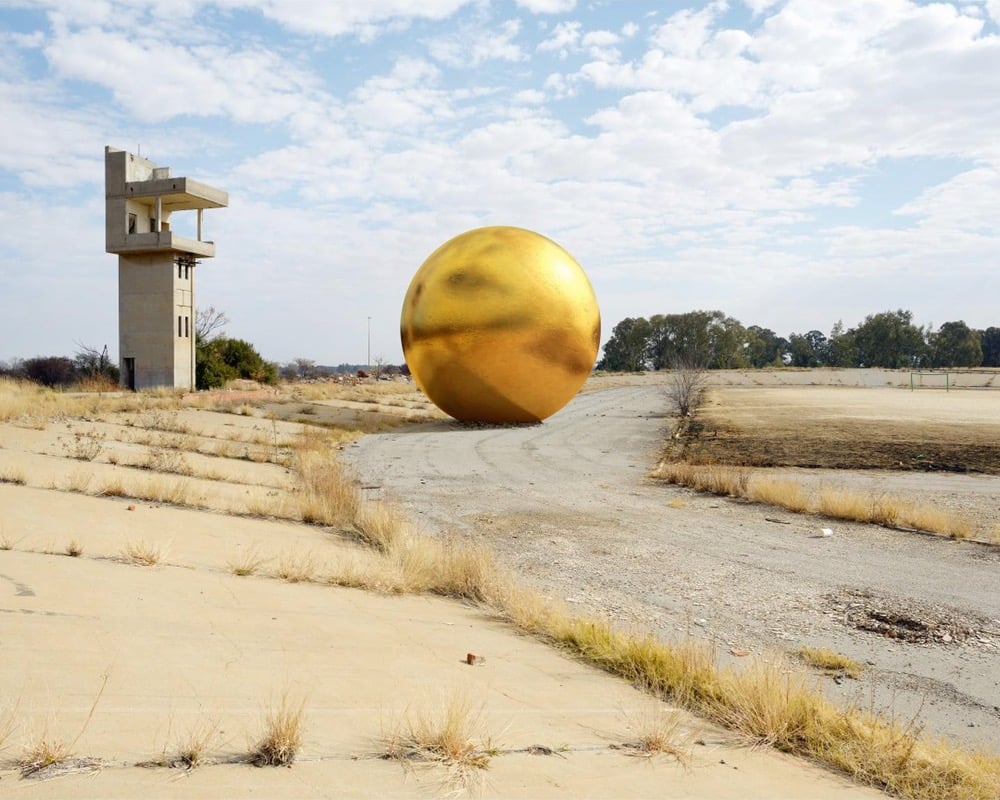

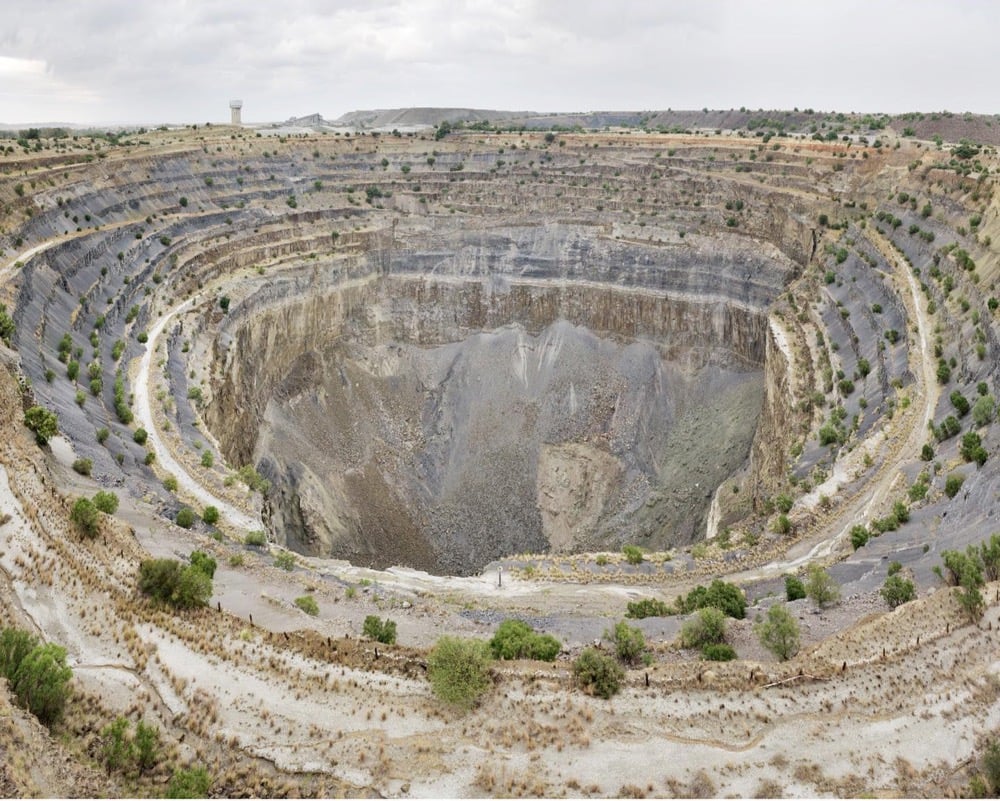
For his project For What It’s Worth, Dillon Marsh created 1:1 scale visualizations of the minerals extracted from South African mines and placed them in photos of the mines themselves. From top to bottom above, a sphere of the 284,000 metric tonnes of copper extracted from the O’Kiep mine, a sphere of the 9500 metric tonnes of gold from the Free State Gold Field, a sphere of 3850 metric tonnes of platinum extracted in total in South Africa since 1924, and a gemstone of the 7.6 million carats of diamonds extracted from the Koffiefontein Mine.
The diamond in particular, which you might not be able to see in that photo (it’s on a vertical stand right in front of the massive hole), underscores just how tiny the amount of material pulled out of these massive mines is, especially when you factor in all the manpower, machinery, injuries, fatalities, and environmental damage related to mining. All that for a bit of shine. (via clive thompson)
The Colorful Work of Ukrainian Artist Maria Prymachenko

Maria Prymachenko is one of Ukraine’s best-known artists. Known for her colorful, expressive, and “primitive” style, Prymachenko won a gold medal for her work at the 1937 World’s Fair in Paris and Pablo Picasso is said to have remarked “I bow down before the artistic miracle of this brilliant Ukrainian” after seeing her work. Prymachenko’s paintings featured animals (both real & fantastical), everyday Ukrainian people, food & agriculture, and themes of war & peace.
Earlier this week, the Ministry of Foreign Affairs of Ukraine announced that the Ivankiv Historical and Local History Museum had been burned in the Russian invasion and that 25 works by Prymachenko had been lost. Luckily, according to the Ukrainian Institute, local residents were able to save the paintings.
You can find more of Prymachenko’s work below and at WikiArt.






A Black Guy’s Guide to the Constitution
That’s the subtitle of a new book by Elie Mystal — the full title is Allow Me to Retort: A Black Guy’s Guide to the Constitution. From the Kirkus review:
Mystal, an analyst at MSNBC and legal editor for the Nation, reads the Constitution from the point of view of a Black man keenly aware of the document’s origins in a slaveholding nation. “It is a document designed to create a society of enduring white male dominance,” he writes, “hastily edited in the margins to allow for what basic political rights white men could be convinced to share.” As the author abundantly demonstrates, people of color and women have always been afterthoughts, and recent conservative applications of constitutional doctrine have been meant to further suppress the rights of those groups. “The law is not science,” writes the author, “it’s jazz. It’s a series of iterations based off a few consistent beats.” Conservative originalists know this, but they hide their prejudices behind the notion that the text is immutable. Mystal shows how there’s plenty of room for change if one follows a rule hidden in plain sight: “There’s no objective reason that the Ninth Amendment should be applied to the states any less robustly than the Second Amendment. The only difference is that the rights and privileges that the Ninth Amendment protects weren’t on the original white supremacist, noninclusive list.” Article by article, amendment by amendment, Mystal takes down that original list and offers notes on how it might be improved as a set of laws that protect us all, largely by rejecting conservative interpretations of rights enumerated and otherwise.
The Ninth Amendment, in case you were wondering, reads: “The enumeration in the Constitution, of certain rights, shall not be construed to deny or disparage others retained by the people.” So basically, the Bill of Rights (and subsequent Constitutional amendments) are not the only rights Americans have.
Are There Lost Civilizations in Earth’s Past?
The Earth is some 4.5 billion years old and the first life on Earth appeared 3.7 billion years ago (if not earlier). That’s a lot of time…so maybe it’s possible that a civilization existed at some point during that time and then vanished without a trace. In this video, Kurzgesagt explores the Silurian hypothesis.
When we think about alien civilizations we tend to look into the vastness of space, to far away planets. But there is another incredibly vast dimension that we might be giving too little thought to: time.
Could it be that over the last hundreds of millions of years, other civilizations existed on earth? Indigenous technological species that rose and died out? And that they or their artifacts are buried beneath our feet? What does science have to say about this and what are the implications for us?
See also Could an Industrial Prehuman Civilization Have Existed on Earth Before Ours? and Was There a Civilization on Earth Before Humans?.
Ukrainians Were Prepared to Defend Their Country: “Who Else But Us?”
In the weeks leading up to the Russian invasion of Ukraine, the NY Times did a short series of videos about how average Ukrainians were preparing to defend their country. On Jan 28, video journalists spoke to military and residents in Mariupol:
My main takeaway from this video is that the war in Ukraine has been ongoing for some time; the recent invasion is an escalation — a significant one to be sure, but definitely part of whole series of Russian moves. As Fiona Hill replied in a recent interview when asked if we were on the brink of World War III:
We’re already in it. We have been for some time. We keep thinking of World War I, World War II as these huge great big set pieces, but World War II was a consequence of World War I. And we had an interwar period between them. And in a way, we had that again after the Cold War. Many of the things that we’re talking about here have their roots in the carving up of the Austro-Hungarian Empire and the Russian Empire at the end of World War I. At the end of World War II, we had another reconfiguration and some of the issues that we have been dealing with recently go back to that immediate post-war period. We’ve had war in Syria, which is in part the consequence of the collapse of the Ottoman Empire, same with Iraq and Kuwait.
All of the conflicts that we’re seeing have roots in those earlier conflicts. We are already in a hot war over Ukraine, which started in 2014. People shouldn’t delude themselves into thinking that we’re just on the brink of something. We’ve been well and truly in it for quite a long period of time.
From Feb 8, a visit to a civilian training center, where people learned how to handle weaponry and field dress wounds:
From Feb 22, a profile of a small paramilitary group that’s been fighting the Russian-backed separatists in the eastern part of the country for years now, sometimes in collaboration with official forces:
One of the paramilitaries said:
God forbid, if a full-scale war breaks out tomorrow in Ukraine, there will be tens, if not hundreds, of thousands of volunteers just like me. Just like in 2014.
And on Feb 26, a video of civilians in Kyiv waiting to pick up weapons to help defend the city:
One of the people waiting in line, Hlib Bondarenko,1 spoke about why he was there:
We are in a queue where people are waiting to get their weapons to fight the Russian invaders. There is no reason to believe that they’re going to stop anytime soon. And their objective, at least to me, seems to be the occupation of my entire country and the destruction of everything I love. I’m just a regular civilian. I have basically nothing to do with war or any other thing like it. And I wouldn’t really want to participate in anything like this, but I don’t really have any choice because this is my home.
Data visualization of the common household types in the US. In 2021, 28% of US households were single people living alone, 22% were married couples w/ no kids, and 21% were married couples with kids.
An interview with “veteran Russia watcher” Fiona Hill on what she thinks Putin and Russia are up to in invading Ukraine. In her opinion, would Putin use nuclear weapons? “Well, yes, he would.”
Why Russia Is Invading Ukraine
In progress before the Russian invasion of Ukraine and completed as Russian troops began their advance into the country, this video is a helpful overview of some of the geographical, historical, demographic, environmental, political, and economic reasons why, from the perspective of Putin & Moscow, Russia wants to bring Ukraine back into their orbit. (via open culture)
Parents of trans kids in Texas are already being investigated for child abuse after Gov Abbott’s order last week. One woman who works for the state has been placed on leave from her job and is being asked for her child’s medical records.
Seeing Faces on the Big Screen
In this video essay, Evan Puschak argues that explode-y superhero movies aren’t the only movies worth seeing on the big screen, asserting that “massive faces emoting on massive screens is just as epic, if not more epic, than explosions and battles”.
Update: Meant to mention The Spielberg Face here. “If Spielberg deserves to be called a master of audience manipulation, then this is his signature stroke.”
The Leaked Recipes Cookbook

From Demetria Glace and photographer Emilie Baltz, The Leaked Recipes Cookbook is a collection of over 50 recipes from the world’s biggest email leaks and hacks.
This book compiles major email leaks of the past 15 years through the theme of cooking. Part reportage, part cookbook, it showcases over 50 recipes for breakfast, dips, main dishes, sides and desserts. The recipes come from emails released after having been hacked, leaked, breached and uploaded by governments as part of large-scale investigations. Indulge in once-confidential instructions, shared by staff from the world’s most influential companies, government workers linked to Hillary Clinton’s emails and more.
Mmm, Butter Emails. (via a thing or two)
Goodreads lost all of my pal @nelson’s data last week. Nine years, 600 books, 250 reviews: all gone, seemingly forever. “In 35 years of being online I’ve never encountered a company with such callous disregard for their users’ data.”




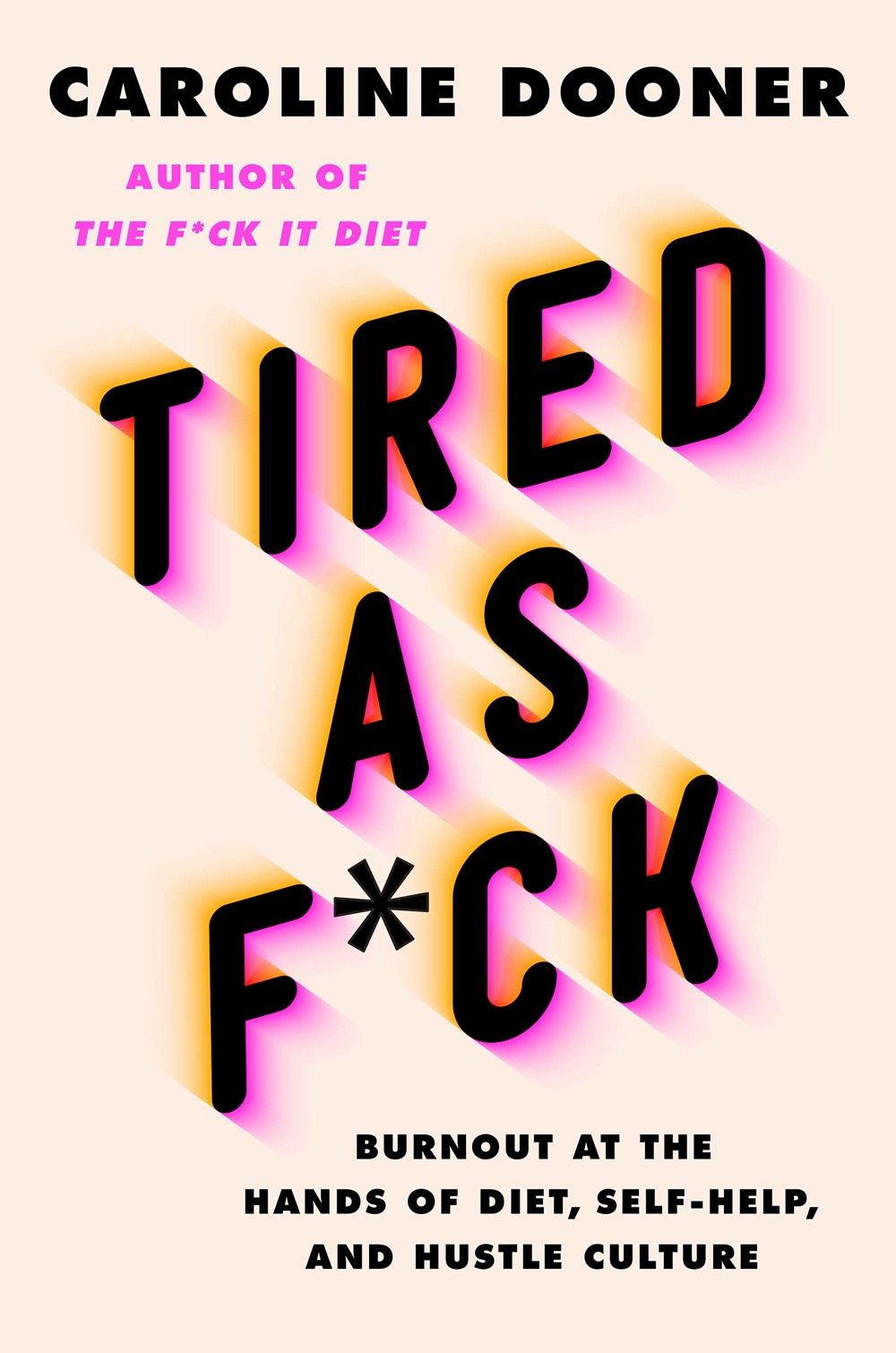

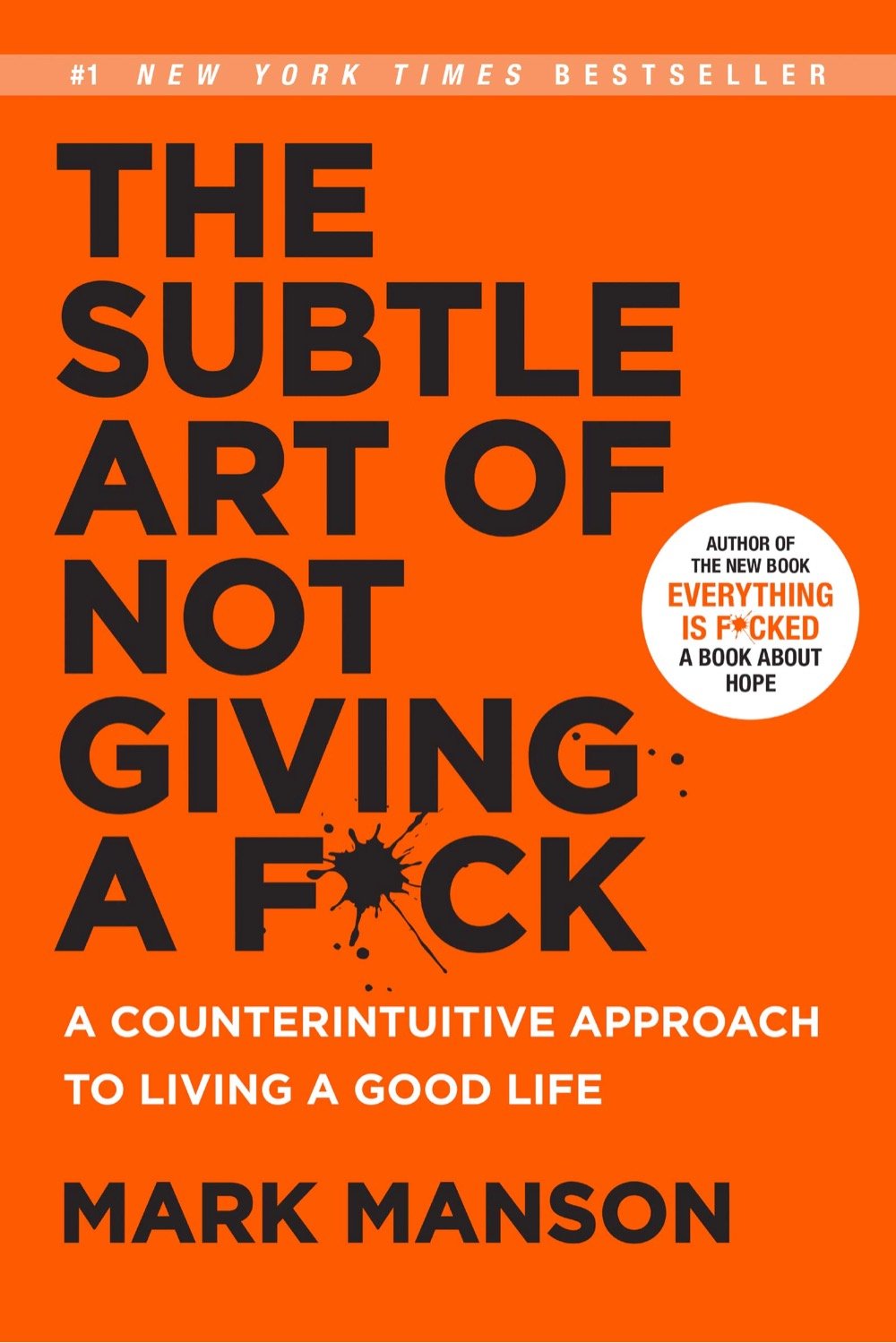

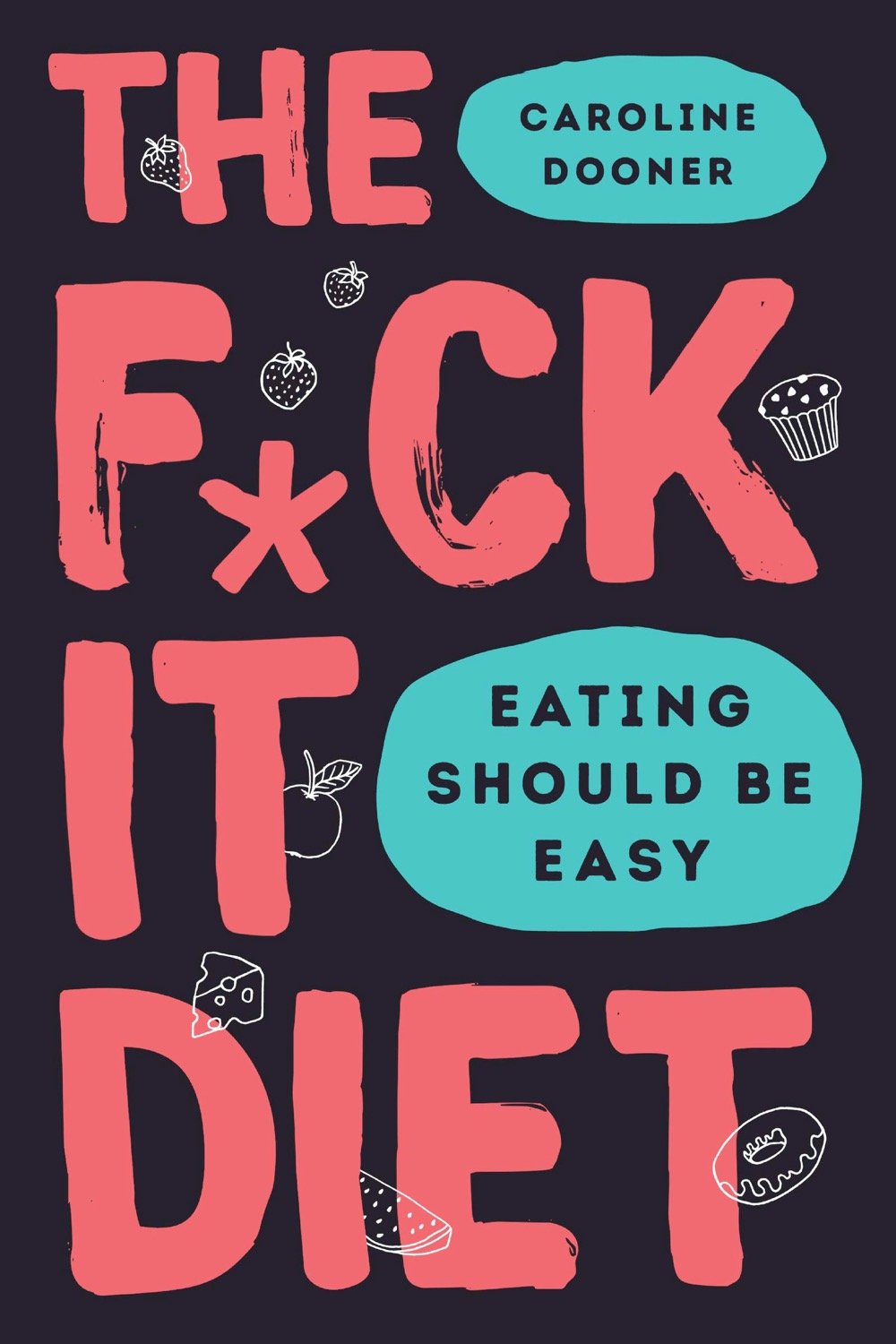
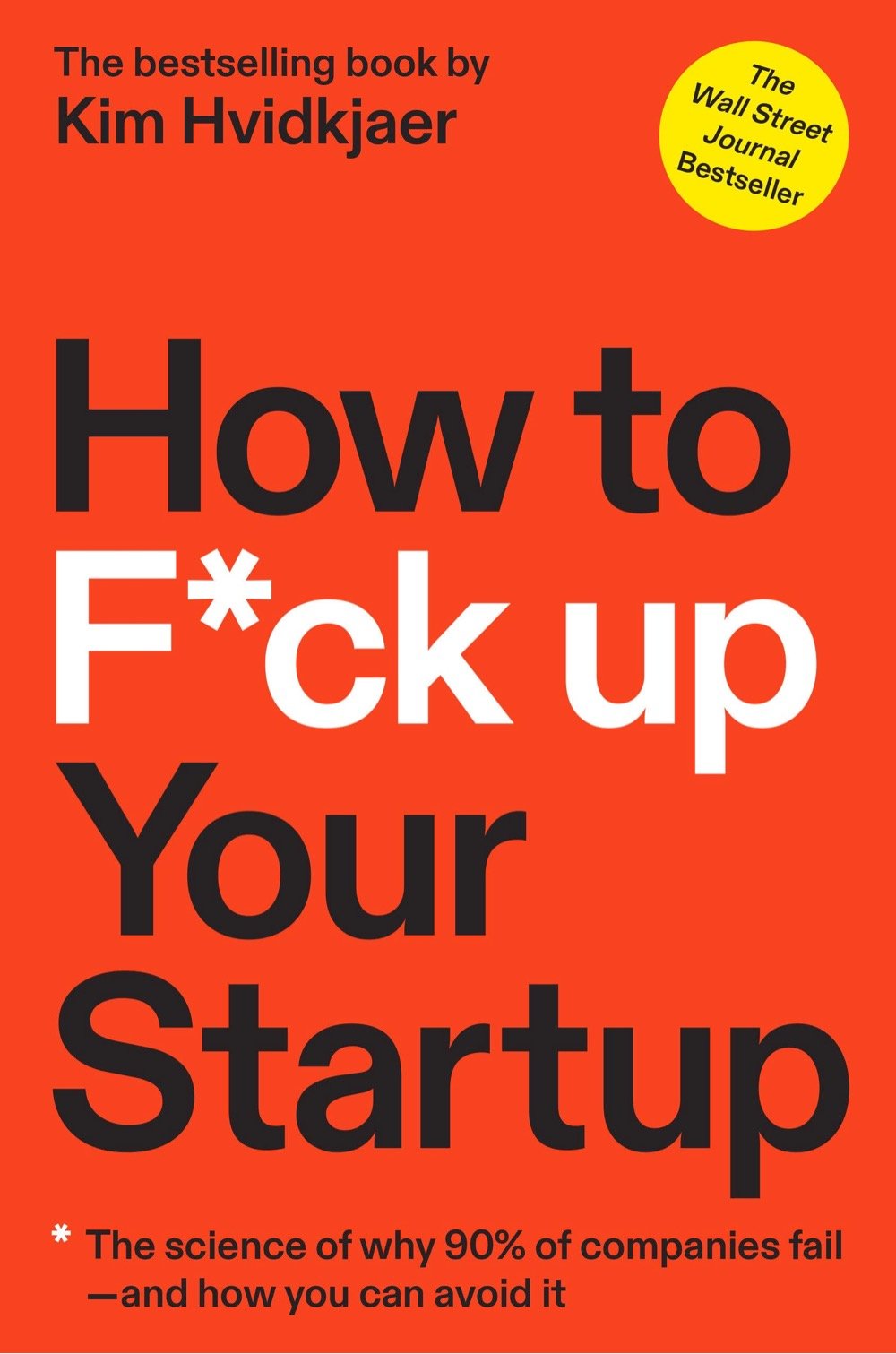
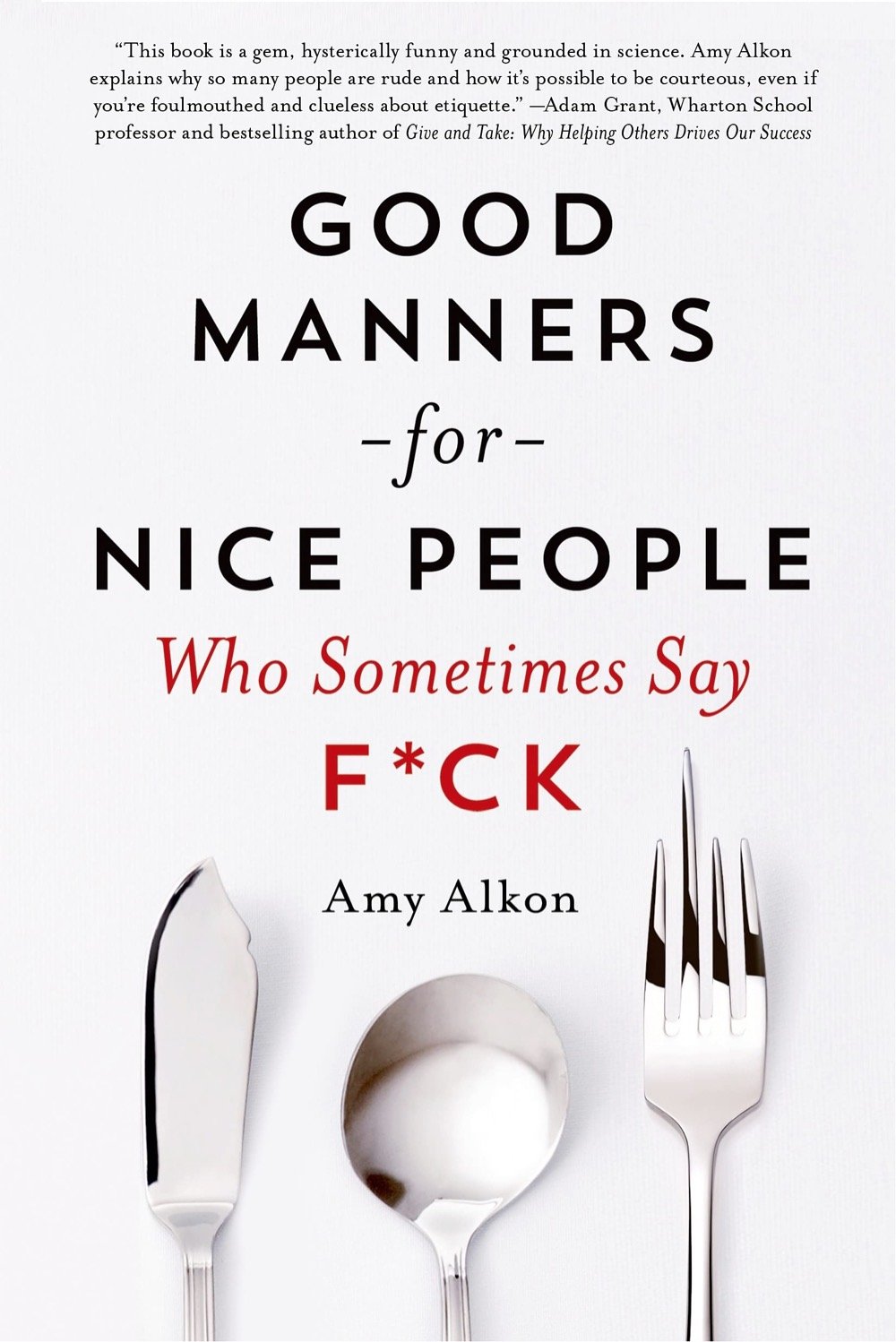
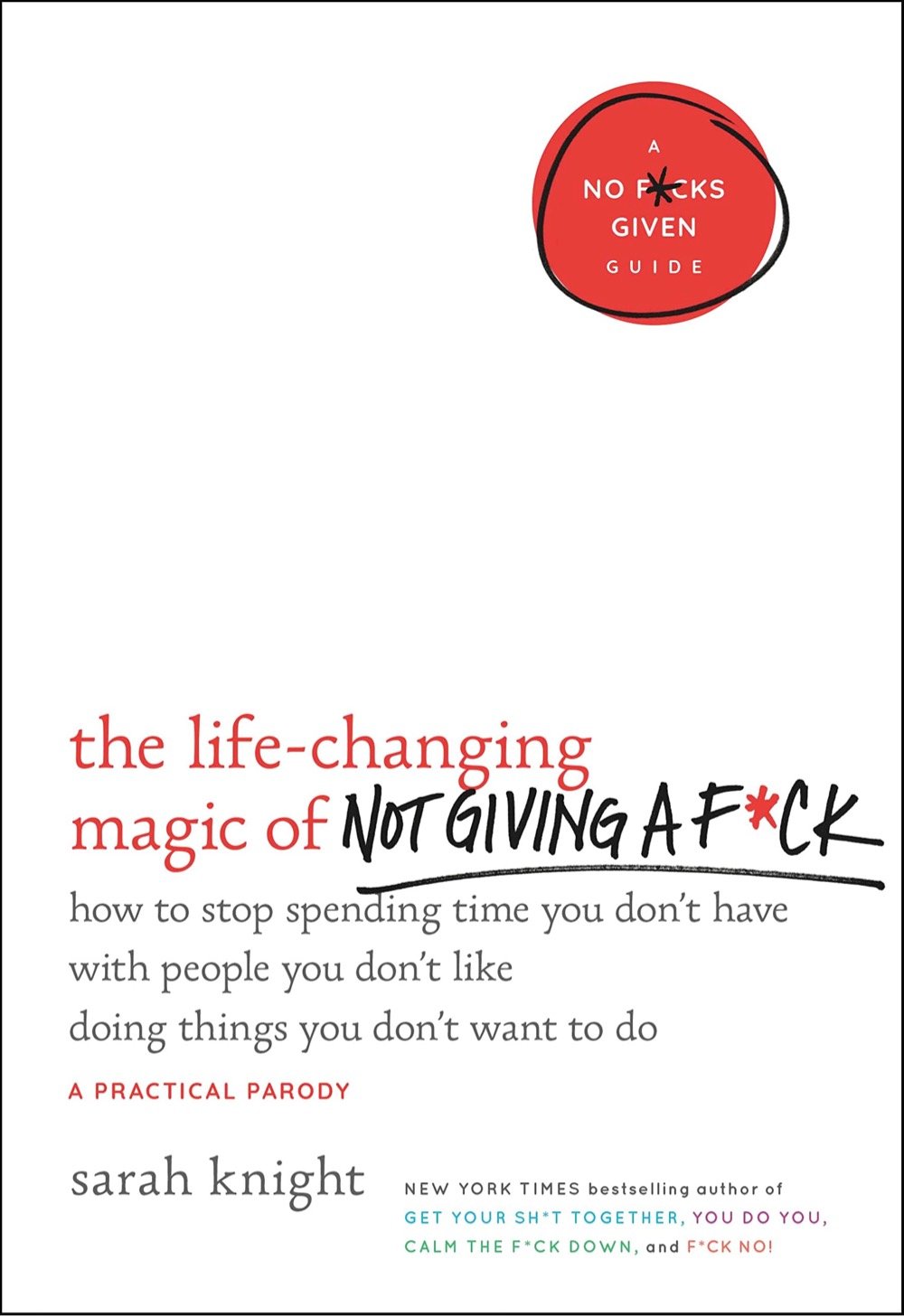

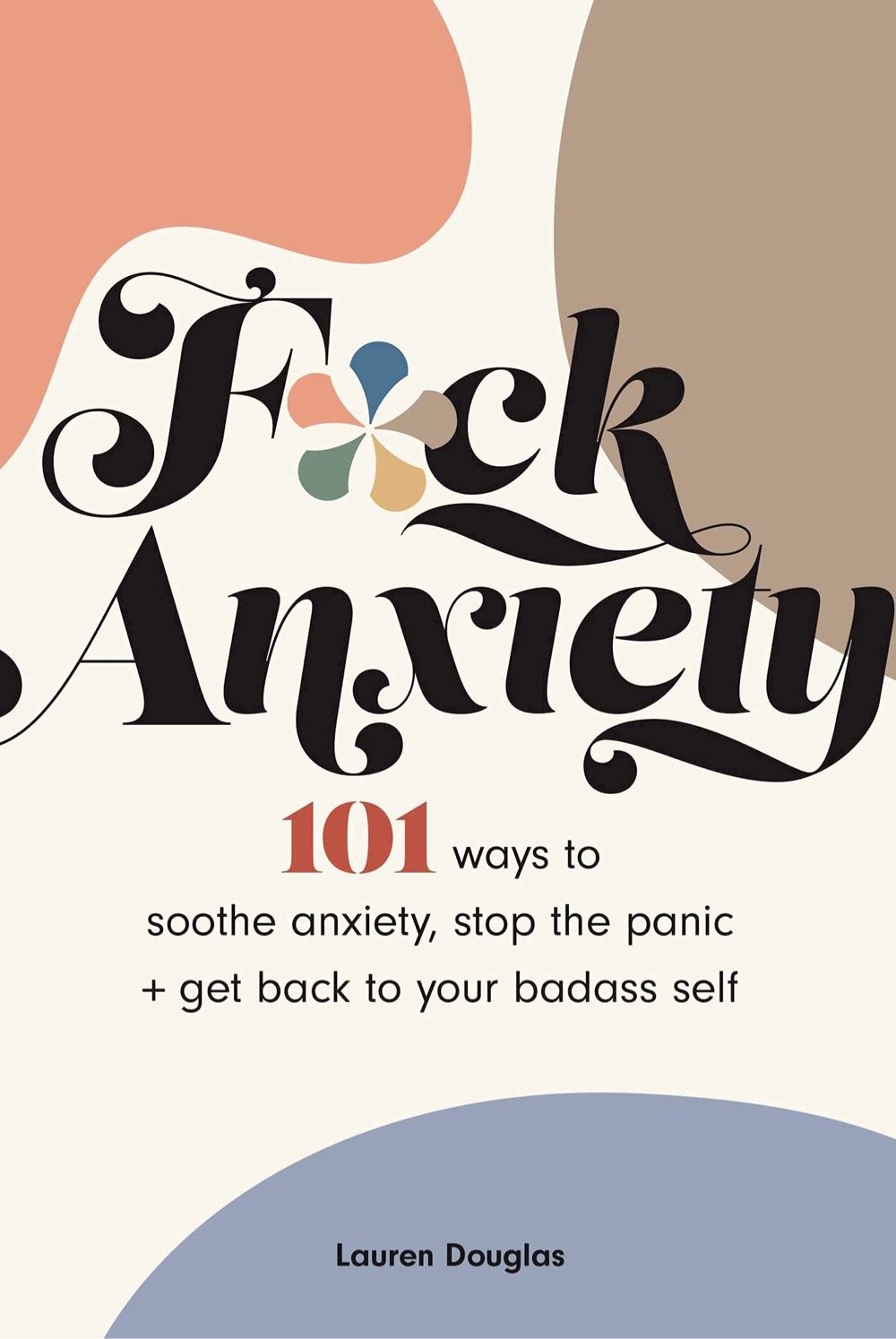

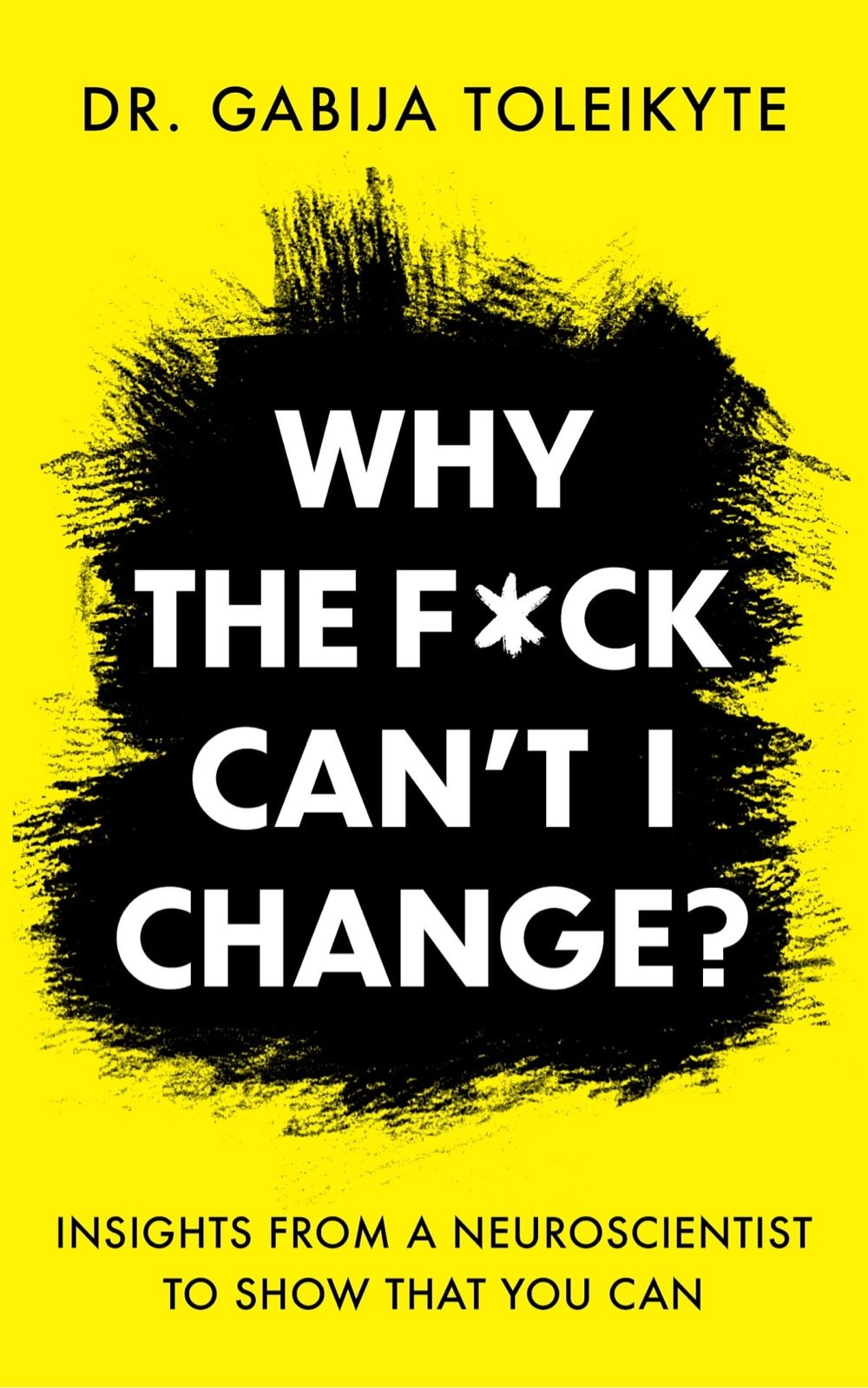
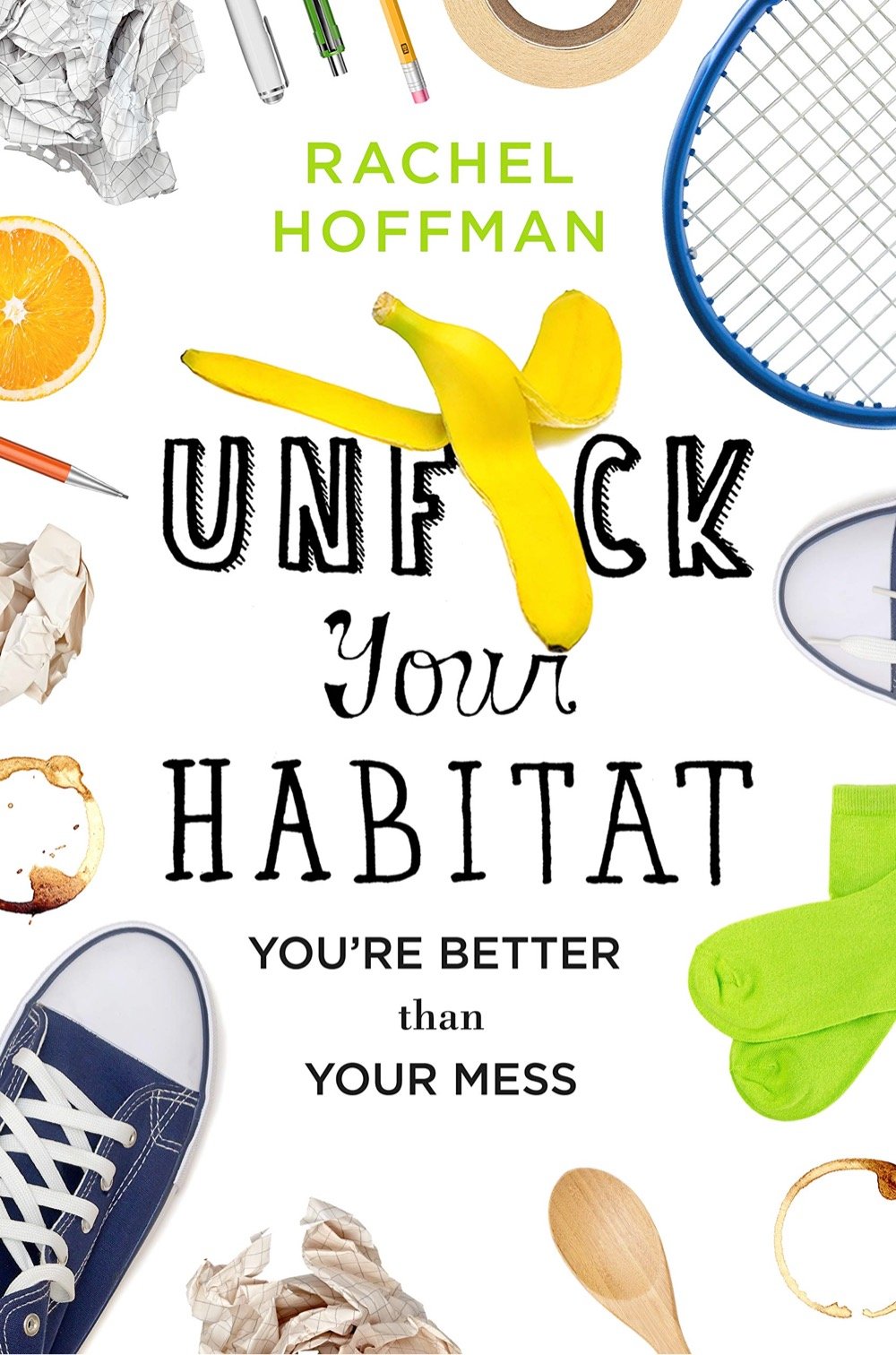
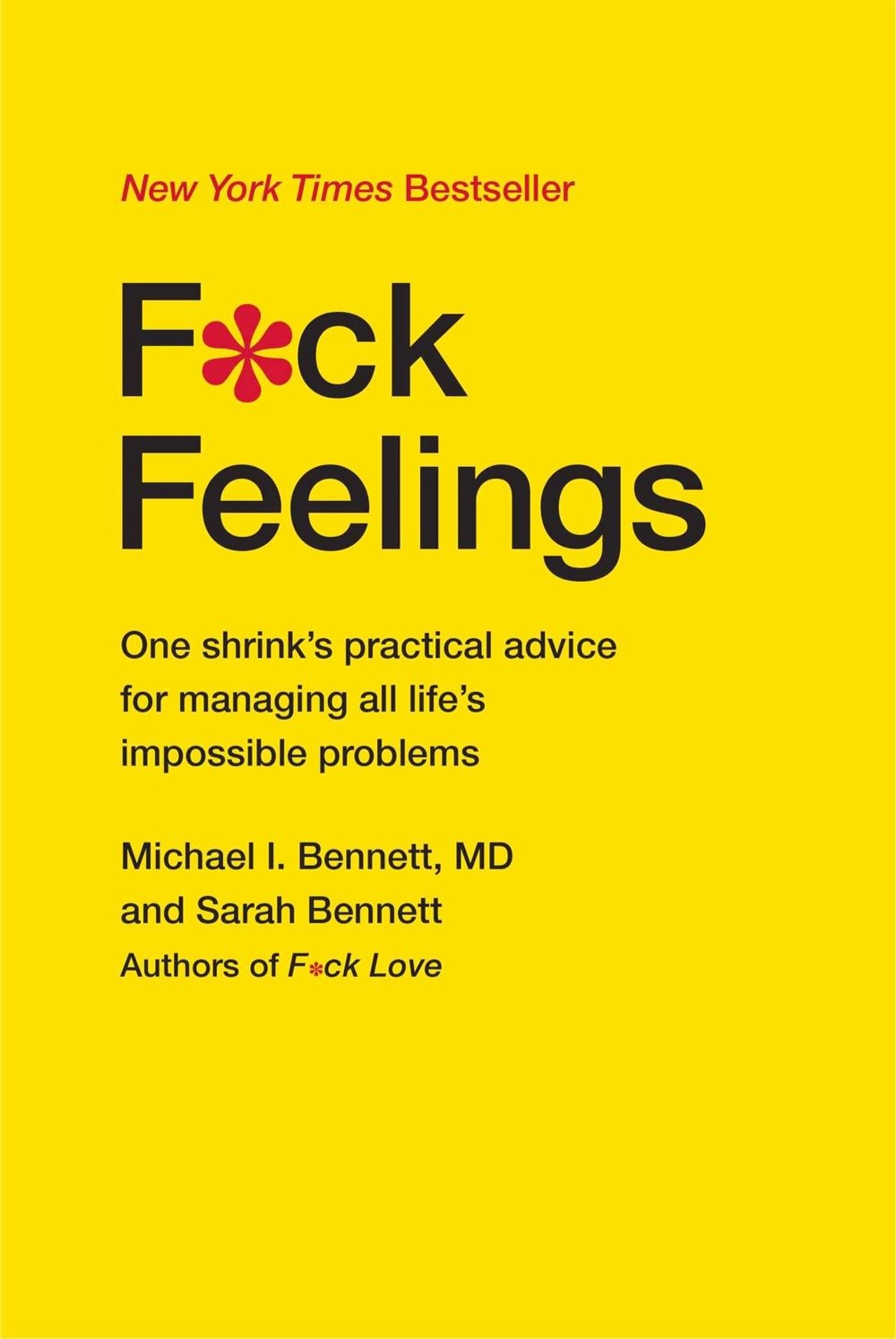
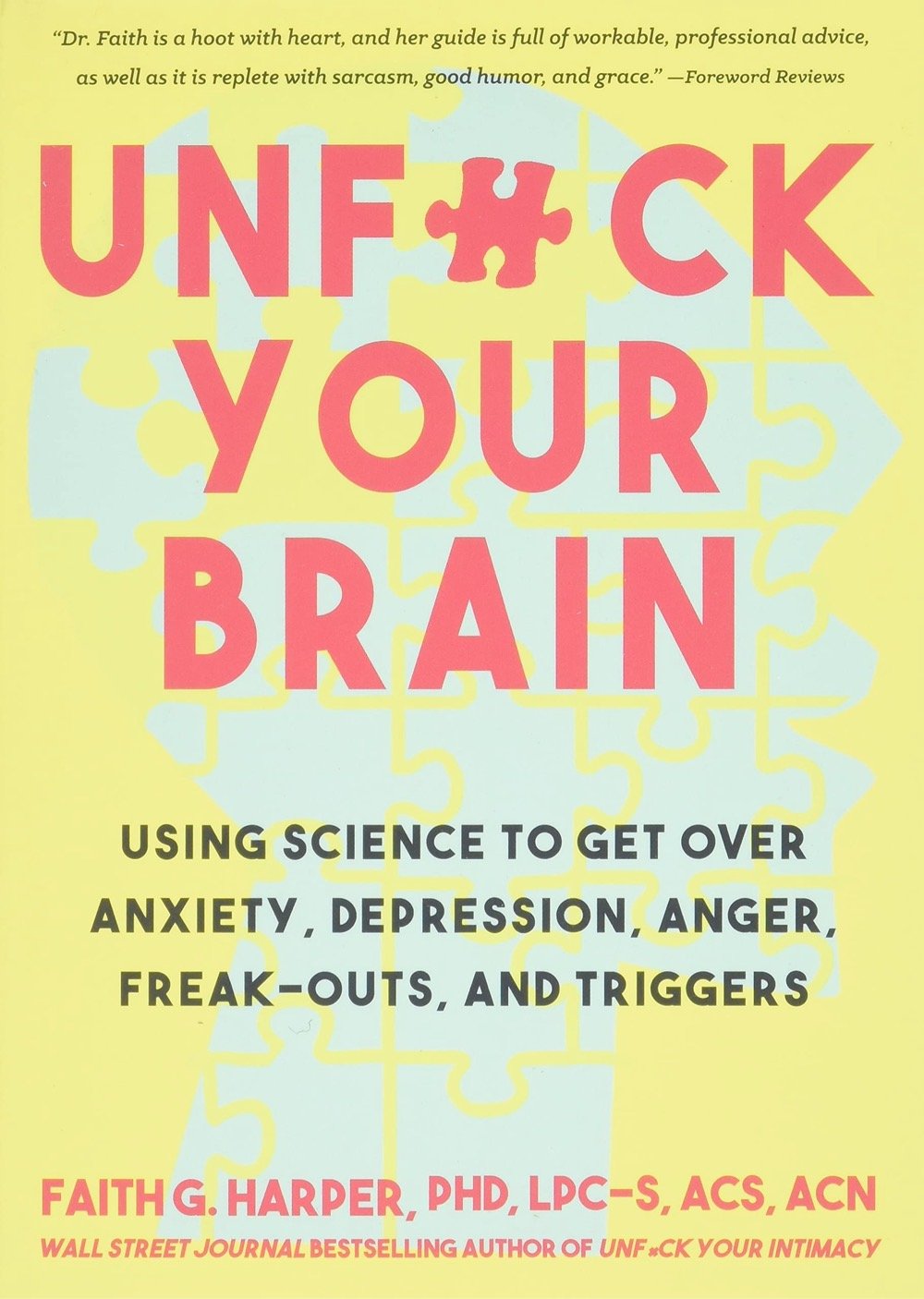
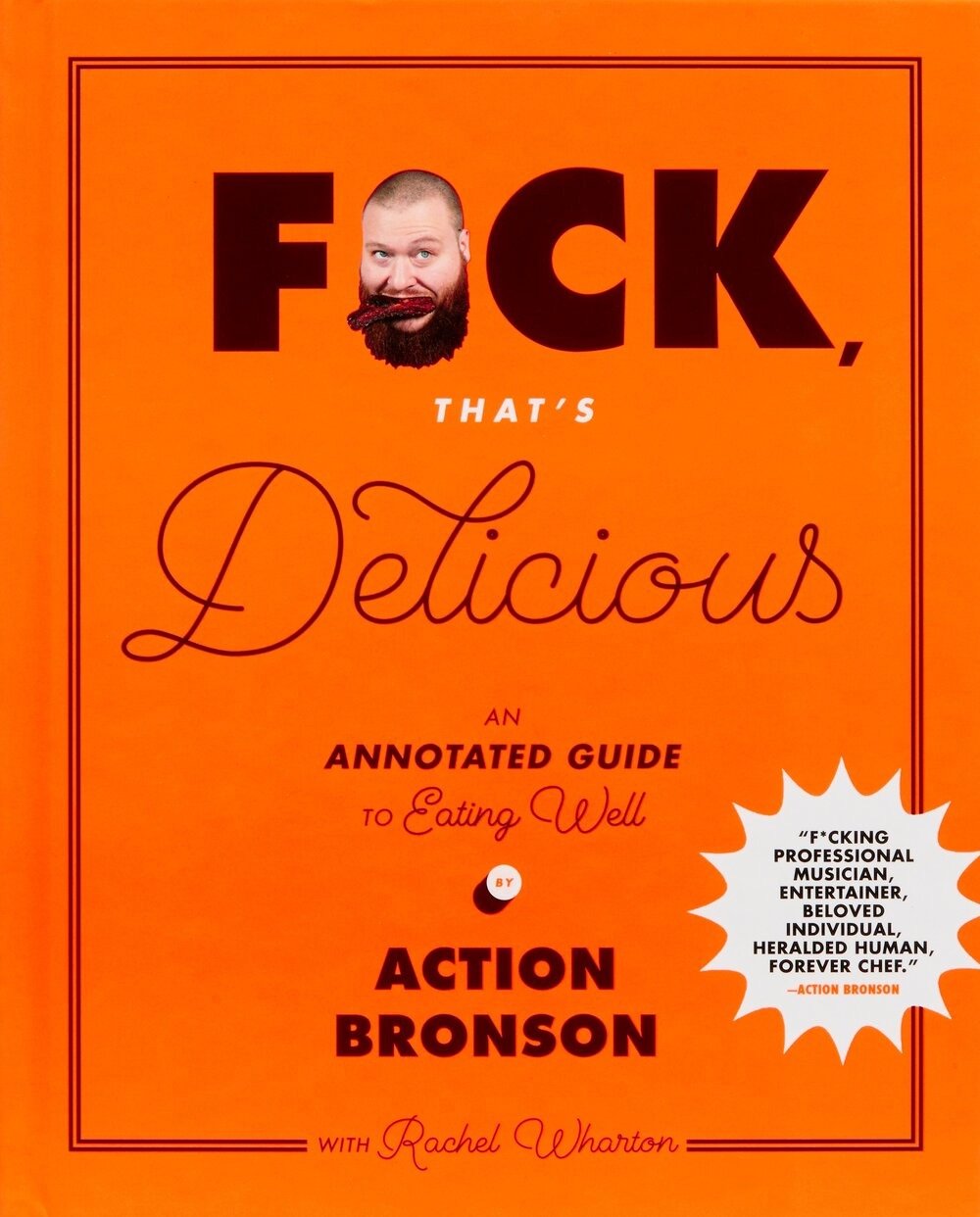
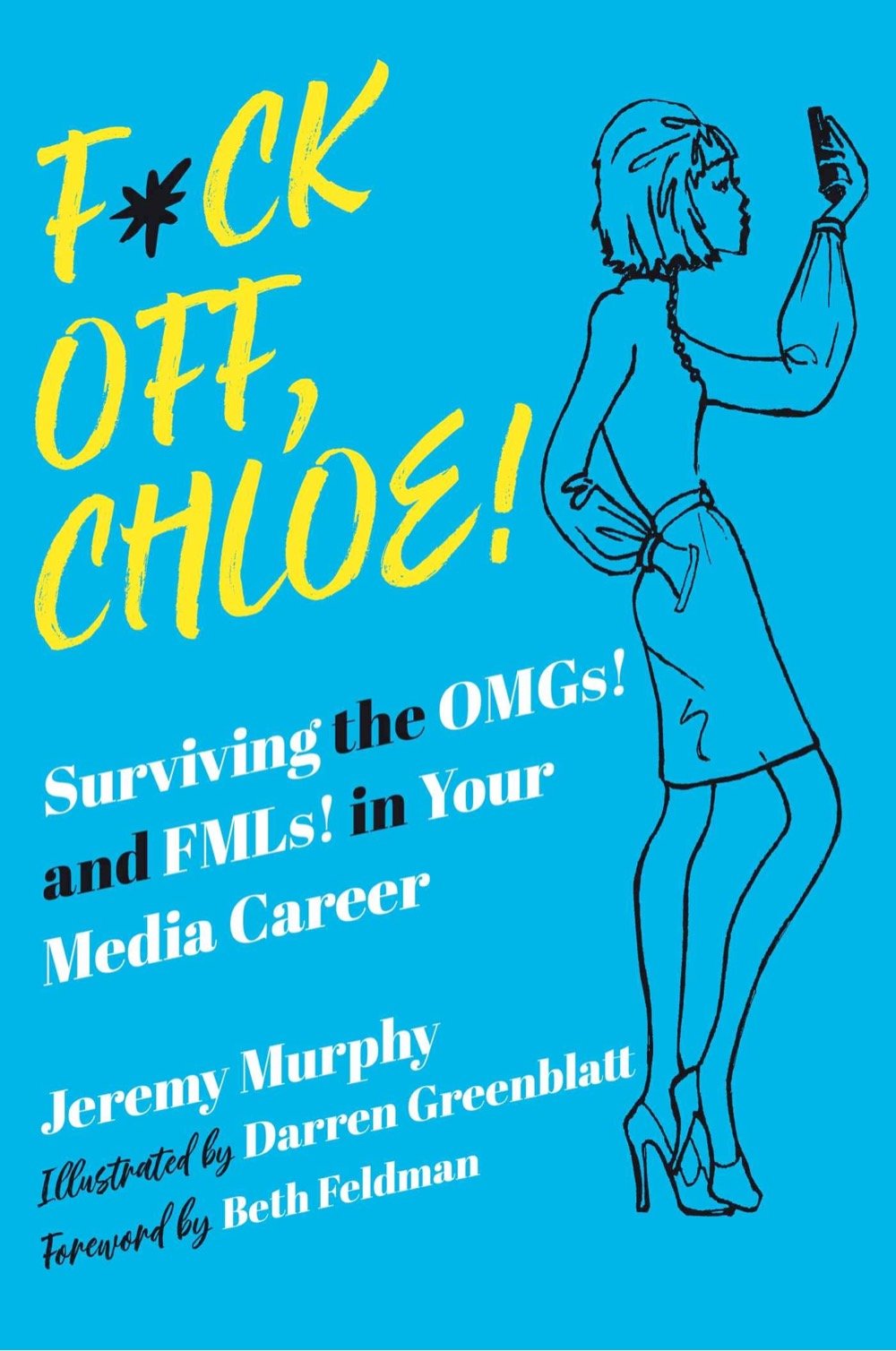

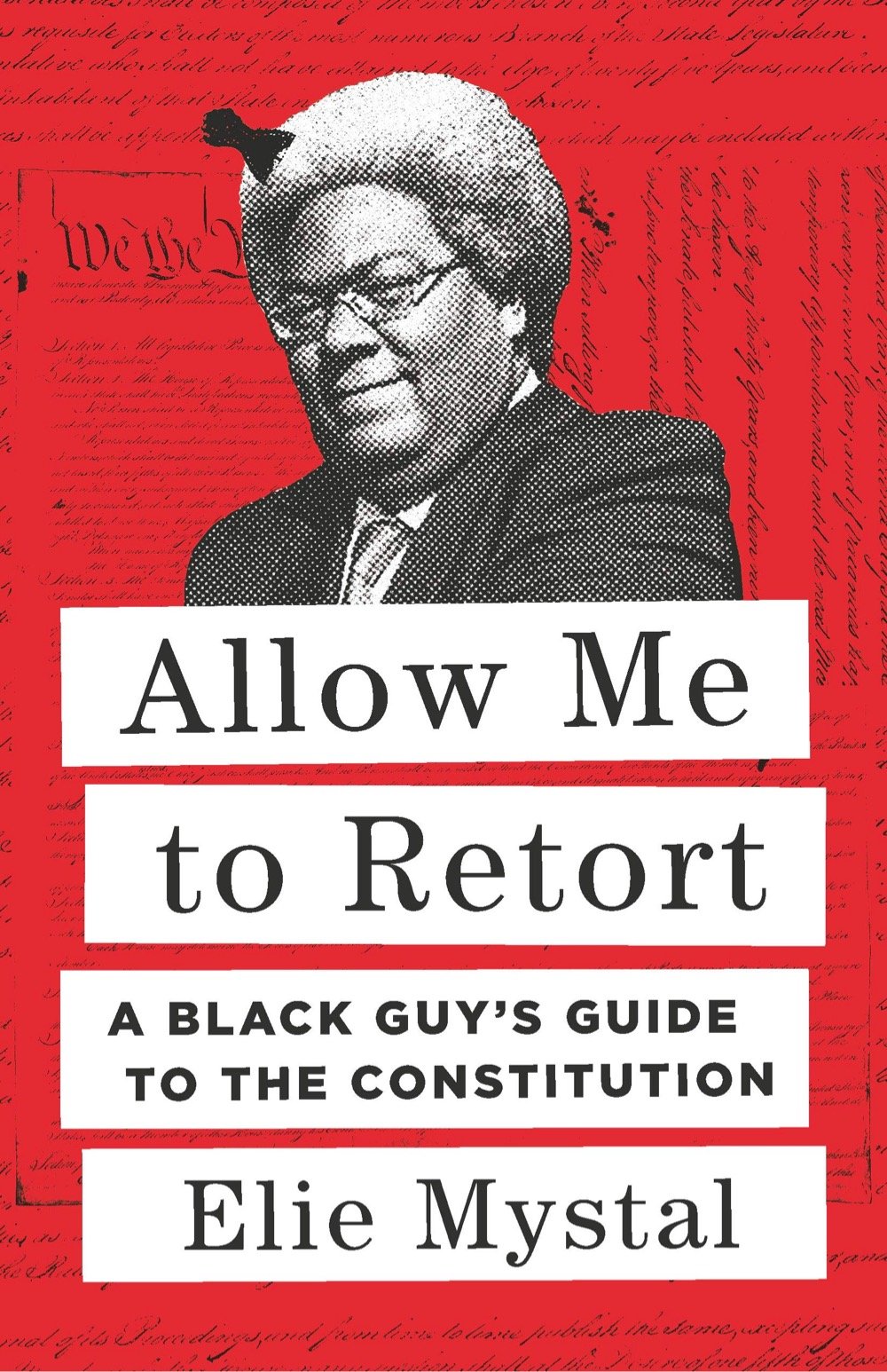
Stay Connected